Report written by Dave, Michael and Annette
On a rainy evening in central Kyiv, a convoy of vehicles rolled to a stop, filling a line of empty parking spaces on a deserted street. The convoy is a mix of pickup trucks, body-on-frame SUVs and utility vans. Pickup4Ukraine’s 17th transport has arrived. The next morning, medical supplies were unloaded and distributed and most of the vehicles were handed over, either to the receiving brigades, or to the conversion workshop. These handovers were the culmination of three months of work. But let’s start where this convoy began:
Preparations
The 17th transport, like the previous ones, started with a wish list. The Armed Forces of Ukraine (AFU), like most militaries around the world, has equipment authorization lists, including an allotment of soft-skin vehicles. The headline kinetic equipment is either received from partner governments or manufactured at home. Most soft-skin vehicles that the AFU receives come from private donations. When a unit needs such a vehicle, it is typically urgent, and they’ll simply contact a Ukrainian organization such a Lawyers’ Move, asking for help finding a particular vehicle. Some also directly reach out to us, Pickup4Ukraine, either because they know someone who knows us, or they’ve heard about us, or found our website. The volunteers at Lawyers’ Move will help the unit sort out the required paperwork.. When Pickup4Ukraine has analyzed its financial situation and validated the requests, we can then “go shopping” based on the unit’s requirements.
Pickup4Ukraine began the transport cycle with empty donor coffers and a wish list of vehicles. The first order of business was drumming up donations. Much of the funding came from the many individual donors who support Pickup4Ukraine. Funding for one vehicle came from Lawyers’ Move’s own donations. A significant amount came from the donation coffers of 1019.ch specifically for casualty evacuation (casevac) vehicles and for a civilian organization. They find a Swiss Franc goes further in Germany., Finally, large donations from the network of the Lions Club Ingelheim made a significant contribution. We all teamed up to make the 17th transport happen.
Michael and Annette began going through the wish list. We also were looking for three vehicles to fulfill the wishes of the recipients that 1019.ch had brought up. Each vehicle had certain specifications; always 4×4, always diesel, and usually a specific make and model. This is for logistics back at the unit in Ukraine. If they already have Ford Rangers, Mitsubishi L200s, Nissans, or VW T5 vans in their motor pool, they’ll want more of the same to ease the logistical burden. Sometimes the vehicle won’t be matching a motor pool but will be assigned to a specific task, and we’ll be looking for a vehicle for that task. They began scouring the various used vehicle market apps.
Once promising vehicles are found, we need to look at them in person to see if they are in good condition. For this round, we had the invaluable assistance of several people taking time to drive many hundreds of kilometers going to look at used cars: Oliver Kolb, Fabian Fuhrmann, Markus Schneider, and Markus Wochner all worked with Annette and Michael to find, purchase, and pick up the vehicles we ended up taking to Ukraine. Roman deserves special mention. A professional mechanic, Roman went to inspect several vehicles before purchase and identified problems that drove down the prices, enabling us to buy more vehicles. He and his colleague Pavlo hauled vehicles to their garage for inspection and repairs, working without charge (often late into the night) and getting spare sparts at a fraction of retail and making sure that all 11 vehicles were fit.
Over the weeks before departure, we got all vehicles insured and registered for EU export. Lawyers’ Move helped process the paperwork that would be needed on transit through Ukrainian customs. It was not just vehicles going. Pickup4Ukraine has another partner organization in Ukraine, Ukraine’s Frontline Hospitals. They coordinate with several hospitals in eastern and southern Ukraine to find needed equipment and supplies. Kati and Rainer Siebold worked with Annette to obtain supplies from hospitals in southern Germany, and we also got some private donations like crutches or nursing home supplies, as well as 500 EUR worth of single-use gloves, sponsored by the local refugee support charity, BIA in St. Leon-Rot. Loading day was about a week before the start day. Several Ukrainian expats in the Heidelberg area, most of whom are women who came as refugees at the start of the full-scale invasion, had been preparing trench candles, to be given to the soldiers in the units receiving the vehicles. On loading day, we gathered with them to load the several hundred trench candles into vehicles, along with the boxed and cataloged supplies.
The vehicles were distributed to drivers, everyone double checked that their vehicle was ready, and Michael prepared the customs manifest. We were ready!
Transit, starting on Thursday 9th October 2025
We all rolled out of bed before 4AM. We got ready and double checked our packing list one last time. In addition to the usual road trip items, we had to remember our passports, sleeping bags and sleeping mats. We’d be staying in hotels, but on past transports we have spent the occasional night in an air raid shelter or underpass. Maybe we’d get to sleep soundly in our hotel beds and maybe Mr. Putin would send everything he has at Kyiv. We had to be prepared for the latter. The last packing list item was a first aid kit, complete with QuickClot and a torniquet. We’re not adrenalin junkies and take calculated risks. Still, those risks exist and so we carry those first aid kits. My own last checklist item was making sure that I’d turned on my out of office response. Now it was off to the meetup point.
In the predawn darkness, vehicles pulled up and drivers gathered. Each vehicle has two drivers on the first day. We have 1300km (800 miles) to cover the first day and don’t want to spend a lot of downtime, so we trade off at our designated stop points. This made for 23 drivers. 8 of the vehicles were at the start point here in the region, and as the other drivers were coming from points further north, we’d meet them at stop points along the way. As the drivers gathered, there were some old hands, some familiar faces and a lot of new ones. Some of the fresh faces, Martin Fussen, Franziska Schmid-Wehrle and Niklas Liechti were from 1019.ch in Switzerland. Christian von der Lühe and Thorsten Winternheimer were representing a very generous Lions Club Ingelheim chapter. They came to help, and to see exactly where their donations were going. And last but not least, one more SAP colleague, Fabian – with his son Malte – and Sabine Fischer, a German political scientist with a focus on Eastern Europe, were joining us right behind the German-Polish border.
Not all of the familiar faces were present. Some of Pickup4Ukraine’s mainstays were missing. Not every volunteer can make every trip. We do this in our free time and sometimes work obligations, lack of vacation time, etc. keep drivers home. Nils, Malte, Daniela, and Andreas were all kept at home this time.
Drivers poured a last cup of coffee, made sure that their vehicles were stocked with cola, or their favorite energy drink and we gathered for the last pre-ride briefing and took a picture with a large festive number “70”, because this convoy would bring the 70th vehicle to the defenders of Ukraine.

As transports – and their convoys – have gotten larger, we’ve had trouble keeping the group together. This time, we’d have three subgroups, each led by experienced drivers. If we could not keep the convoy as a whole together – something that would be impracticable when navigating through Kyiv, Lviv, or the toll plazas near Krakow in rush hour traffic – we’d endeavor to keep the groups together and reunite the whole body at the next scheduled stop.
We pulled out into the predawn darkness. We’d be behind the wheel from before dawn until after dusk. We worked our way across southern Germany and then across southern Poland, ending the first day just before the border crossing to Ukraine. We gathered for dinner to celebrate the end of the first day. As I looked down the table, at the more than twenty faces present, I saw a growing band of people willing to devote their time and money to helping make democracy safe, coalescing around an idea started by Michael and Annette’s willingness to get out of their comfort zone and make those first few transports alone.
Friday, 10 October 2025
On the second morning, we gathered for an early breakfast, took the transport’s big group photo on the parking lot of the customs agency and then split up: Roughly half of the drivers would be turning back and heading for home already. One planned driver realized with dismay that he had left his passport at home in a momentary mental lapse and had to switch from the “Ukraine group” to the other. Michael arranged corrected customs papers with Nadia from Lawyers’ Move.
The Ukraine group made the border crossing from Poland into Ukraine. We came even more prepared than the last times: Michael had checked the Polish customs requirements for humanitarian again and we were now sure that we could bring everything on the basis of oral declarations – yet, to be on the super-safe side, Annette had equipped every vehicle with cargo with a short statement to serve as a “talk track” for the driver. After the crossing, the 1019.ch colleagues split off with one vehicle. They had a planned handover in L’viv and would also visit a workshop where a previous vehicle they’d sent was being converted into a casevac vehicle, a frontline ambulance.
The rest continued through the rain, towards Kyiv, 650km (400 miles) away, in a driving rain, on roads that have been scarcely maintained since the start of the war. The group of over 20 was now down to 13 drivers. At Rivne, one of our trucks blew a clutch and had to be towed to a repair shop. This is annoying, but we’ve had breakdowns before, from flat tires that could easily be replaced by spare wheels by the roadside, to blown engines. We’ve also nursed problem child vehicles, destined for repair in Kyiv before handover.
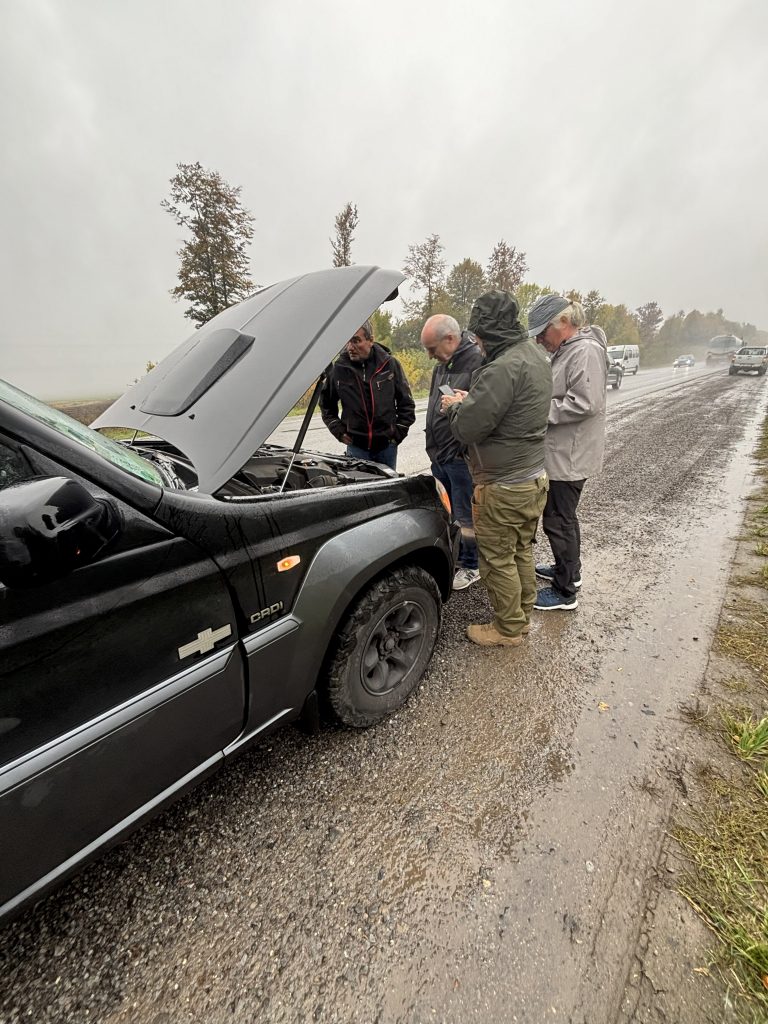
As the remaining vehicles approached Kyiv, we wondered if we were going to get scattered. There had been a big air attack on the city going on since the night before. Usually, GPS is jammed during alerts and there had been power outages. We were not looking forward to driving through a major city, in the dark, in the rain, with the power out, with GPS jammed, and with drones overhead. Luckily, the alert came to an end, and we just had to get through the usual traffic. We parked the convoy, went and checked into our hotel room and headed for a local bar. The bar was packed with young folks, the DJ had the volume all the way up, and the atmosphere was festive. For some of the drivers, this was their first impression of Kyiv; a city enduring an intense air alert mere hours before was fully into nightlife.
Resiliency is the word. These bargoers were not flippant. They were resilient.
The residents waste no time cleaning up and repairing damage. A playground gets destroyed by a missile, and a new playground gets built. You’d never even know that a missile landed there. The suburb of Bucha, famous for its massacre and damage early in the war, hardly shows its scars. Damage is repaired. Destroyed buildings are replaced. A shopping mall destroyed in the Russian occupation has its replacement under construction. You can still find damage, but you must actively look for it. Places like Kharkiv are closer to the front and get hit with more ordinance, so it is harder for them, but Kyiv seems to shrug its damage off. Its residents repair, replace and get on with their lives.
Handovers on Saturday, 11 October 2025
We were scheduled to meet for breakfast at 8:30, with the first handovers scheduled for 10. At 7:30 came the question over the group chat, “one of the recipients wants to meet at 8:15, who wants to come?” Some of us headed over. We were greeted by Nadia, from Lawyers’ Move, and a soldier in civilian clothes. They were excitedly examining the vehicle that their unit would be getting. It was perfect for what they planned to do with it!
“We approach warfighting like a startup”! I was initially taken aback by this statement. Long years in the tech industry have inured me to this kind of talk and usually it is empty platitudes, from another cookie cutter tech executive trying to sound innovative and different. I’m not used to hearing talk of operating like a startup in the military context. These people have a reputation for success, so they can call themselves “innovative” as much as they want. They improvise, they learn, they improve – anything that helps survive and fight back against an enemy that is ruthlessly pursuing destruction and apparently has a much larger number of resources.
During group breakfast with some of the Lawyers’ Move people, everything suddenly went silent. People stopped talking, got up, lowered their heads and stood for around a minute in silence. Every morning at 0900, one minute is dedicated to those in Ukraine who gave their lives to defend the country.
After breakfast, we went back over to the Hub to begin working. There was a lot to do in the next few hours and we’d be splitting up tasks. Some would meet with Mariia, from Ukraine’s Frontline Hospitals, and take the medical supplies over to Nova Poshta for shipment to the destination hospitals. Some of the vehicles would need modifications and would be heading for a workshop. Other vehicles had handovers to army units scheduled then.
We brought two of our vehicles into the workshop. The shop mostly does casevac conversions. The frontline ambulances have a bit of a Mad Max quality to them. Casevacs come out of the shop looking like an overlander’s dream, but these are no weekend toys. Their work is deadly serious. Murderous flying robots are seemingly everywhere in the grey zone. Speed and the ability to cope with terrain is of the essence, with casevacs usually being built from pickup trucks and body-on-frame SUVs. Removing the rear glass and replacing it with aluminum paneling, installing a lift kit, drone jammers and a casualty bed. Auxiliary heating, 220V sockets and material kits are added. The rear space is configured according to the wishes of the medic who will work there. Every one of them is a custom, bespoke conversion.
The foreman showed us the latest innovation on the battlefield. This war has seen constant innovation and counter innovation. FPV drones began appearing in large numbers. Then jammers and “electronic warfare for everyman” began to proliferate. Then came the unjammable fiber optic drones. Now it’s fighter drones and anti-drone netting, steel cable netting draped a frame welded to the vehicle. There was a pickup truck in the shop, in mid conversion, with its frame installed. At the start of the war, “cope cages” on tanks were a meme. They seemed silly and the name was intended to suggest mockery of this useless placebo. Now cope cages are being added to pickup trucks.
Meanwhile, at the Hub, it started raining again, and two vehicles drove to Nova Poshta, and the sorting of the medical goods proceeded super-fast under the roof of the logistics provider. While Mariia stayed at Nova Poshta to send the goods, the rest of us drove back and had more handovers.
We had the time to sit in a café with one of the receiving soldiers. They told us about their current work, the challenges and how frontline logistics are organized these days. When one of our group asked: “OK, how is the atmosphere right now in your unit, at the frontlines?” they replied: “Atmosphere? There is no ‘atmosphere’. We do what we have to do. I cannot afford ‘atmosphere.’” No bitterness, just a matter of fact.
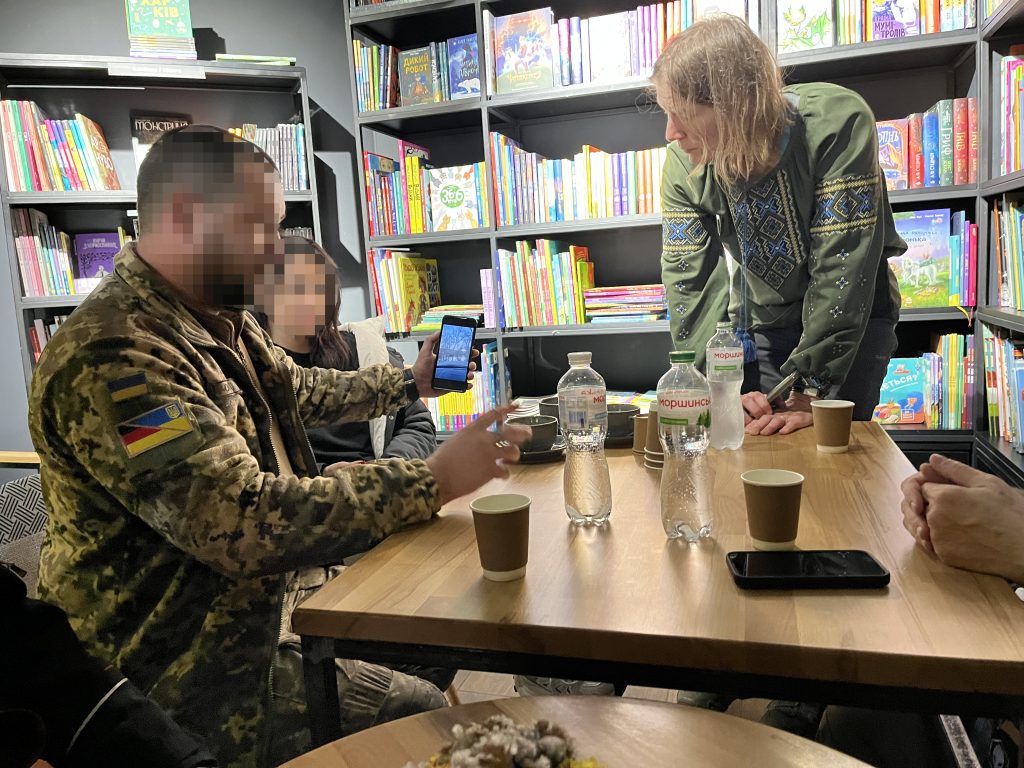
We had a quick pizza lunch at the Hub with Mariia and Hanna and discovered that a different NGO was now using the Hub to pack Individual First Aid Kits (IFAKs) for Ukrainian soldiers. IFAKs are small bags, easy to open, filled with tactical medical supplies for wounds sustained at the frontlines. We were spontaneously invited to help, got a quick instruction and helped fill 50 IFAKs in no time. In the meantime, those of us who had been to the workshop got back and met.
In the afternoon, we had time to walk through Kyiv, the rain subsided, and Hanna took some time to show our group around. Those who had never been to Kyiv marveled at the glass bridge and the monument of friendship, discovered murals and statues covered with sandbags for protection. The visited Majdan Nezaleshnosti and saw the major churches in Kyiv, St. Sophia, St. Michaels monastery and St. Andrews church, before walking to the restaurant for dinner.
Nadia from Lawyers’ Move had chosen a special restaurant for us, with a special food focus on barbecued ribs and having everybody eat with their fingers.
The following night in Kyiv was surprisingly quiet again, and so we could start – well-rested – into a Sunday full of activities.
Sunday, 12 October 2025 with some time in and around Kyiv
The day was organized by Anna Mikulytska, the Managing Director of SAP Ukraine, and a number of SAP colleagues joined us, as they always do, to show their visitors aspects of Ukraine that we otherwise might not see. In the morning, they took us to a popular excursion destination outside Kyiv with breathtaking views of the Dnipro spread out beneath us. Our friends explained to us that this was a place people come to escape the stress of Kyiv and the air raids that plague it day after day. At the same time, they explained, the broad expanse of the country beyond the Dnipro reminds them what Ukraine is fighting for. It was an unexpected and touching statement that belied the simple weekend-getaway impression a casual observer might take from the situation.
Returning to Kyiv in the afternoon, Oleksiy Makukhin met us at the entrance to the grounds of Babyn Yar, site of perhaps the most notorious mass shooting of the Holocaust. In September 1941, a Nazi Einsatzgruppe murdered nearly 34,000 men, women, and children in only two days. The Germans destroyed as much evidence as they could before they retreated in 1943. Shockingly, Soviet authorities for their own reasons continued these efforts, filling in the deep ravine and obliterating the very face of the land to remove any trace of what happened there. Oleksiy, a former director of the Babyn Yar Holocaust Memorial Center, guided to the various memorials that restore the physical presence of the place and add artistic insight to the lives and deaths of Jewish Kyiv: A synagogue without foundations in the shape of a book, the Wall of Crying, a memorial with broken dolls symbolizing destroyed childhoods, and the Field of Mirrors, where visitors can see their own reflection riddled with bullets.
For us, Babyn Yar was a powerful reminder of the violence and savagery that ensues when tyrants exercise their power unchecked. Eighty years ago, the civilized world swore that never again should such crimes be permitted to occur. All of us understood that this is why we must help Ukraine defeat Russian aggression now.
On the way to the restaurant, Anna showed us a small, inconspicuous memorial on the façade of a bookstore, made by the artist Yuriy Bilyavskyy. The “minisculpture” is titled “прочитано”, which roughly translates to “read” or “seen”. It consists of two check marks that look like the ones that appear on a mobile phone screen when a sent chat message has been delivered. They are white—they only turn blue on the mobile phone once the recipient has opened the message. On the sculpture you can make them light up by pressing a button on the side. The sculpture reminds us of the people who sent messages to their relatives or friends on the front lines and are now waiting for the check marks to turn blue. As a sign of life of the recipient.
For our dinner with the SAP colleagues, we were joined by Oleksiy Makukhin and Prof. Ihor Zhaloba. He was delighted to meet Dr. Sabine Fischer to exchange ideas, from historian to political scientist.

We took the Metro to the train station, our train left – right on time – at 2300 and we settled down into our bunk beds.
Typically, this night train ride back to Poland is a much awaited time to relax and re-charge our batteries, especially, when the nights in Kyiv have been interrupted by air raid alerts. This time, we were not that tired, but then the train ride also did not go as expected. In the middle of the night, the train stopped, and after a while, the conductor went briskly from compartment to compartment, announcing “evakuatsia”, meaning that all had to get off the train. We did not know why, but hurried out and then stood in the dark on a platform, waiting for the next steps. At first, we feared that an air raid alert had been announced, but after a while we realized that they had started searching the train, wagon by wagon, outside and underneath with flashlights, and inside with the help of a dog, sniffing for explosives. Later, we got from the news that a country-wide phone call with a bomb scare had affected almost every train in Ukraine, bringing the infrastructure to a halt. This is a cheap form of terrorism: Pay someone to make a few phone calls, and stop all trains for at least one hour.
We got back on the train, slept a little more and then got to L’viv and ultimately to the train station that Ukrainian customs use for their controls. Annette carried a few bottle openers, crafted from heavy machinegun shells, that we had received from a kind colleague for fundraising purposes in Germany. They had been emptied, engraved, and a slit had been cut into the metal, so that they can serve as bottle openers. Ukrainian customs defined them to be ammunition nevertheless, and Annette had to get off the train for a formal police report. While the rest of the group moved on to Poland and then caught their planes back home in Krakow, Annette stayed in Mostyska II and waited. The police showed up 1.5hrs later, explained to customs, that the confiscated items were by no means “ammunition”, and left. No report. Another 1.5 hrs later, Annette was allowed to get on the next train to Poland, and was slightly relieved.
So, with another night in Krakow, Annette also got home with a day’s delay.
Epilogue
We’re back! We’ve had a few days to recover and recharge. The 17th transport was very successful. Sure, there was that blown clutch, but that vehicle will soon reach its new home unit. And for all those diligent readers of our reports, who succeeded in counting the vehicles we have brought to Ukraine so far: Yes, one is missing in our reports: In between the times of our transports 16 and 17, Nadia was able to come over to Germany, met Michael in Mannheim and brought a vehicle to Ukraine that was urgently needed before our 17th transport was scheduled.
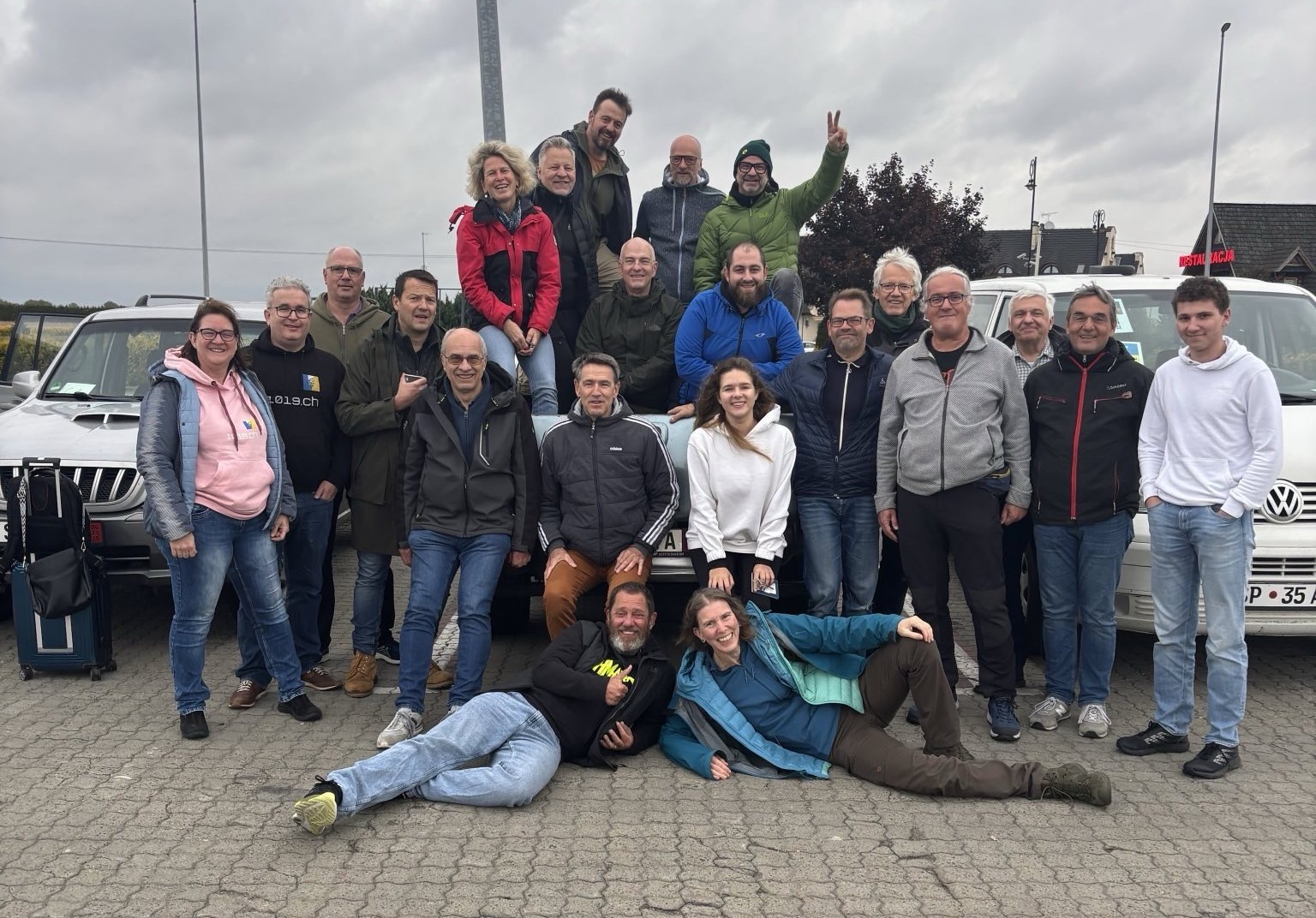
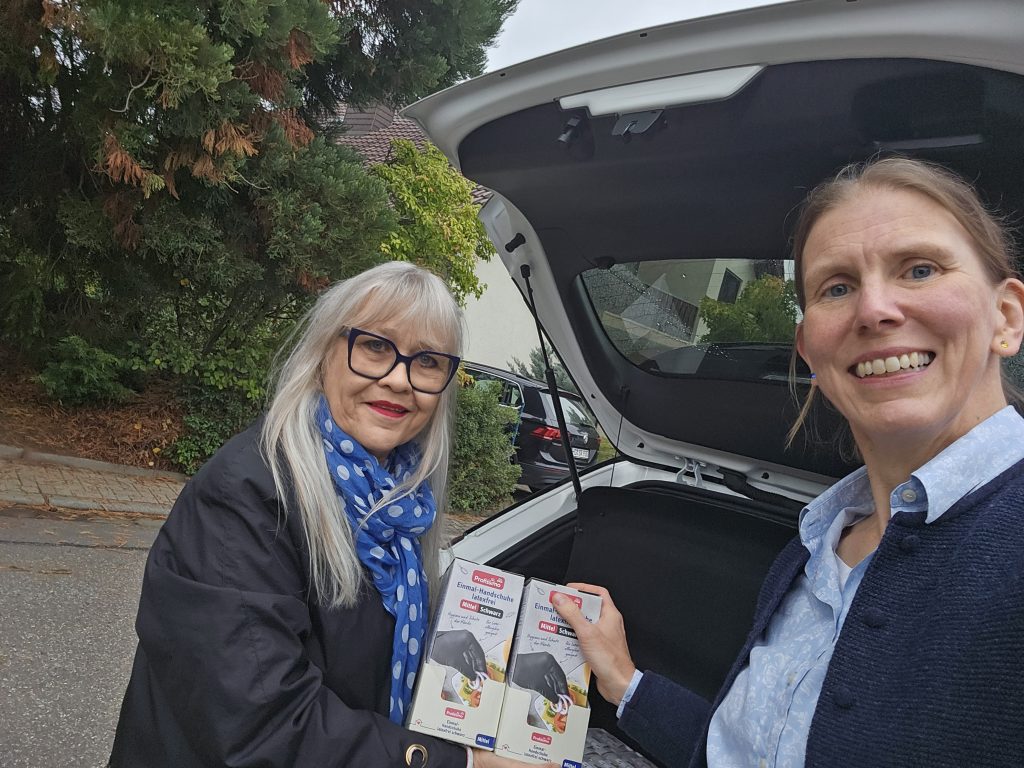
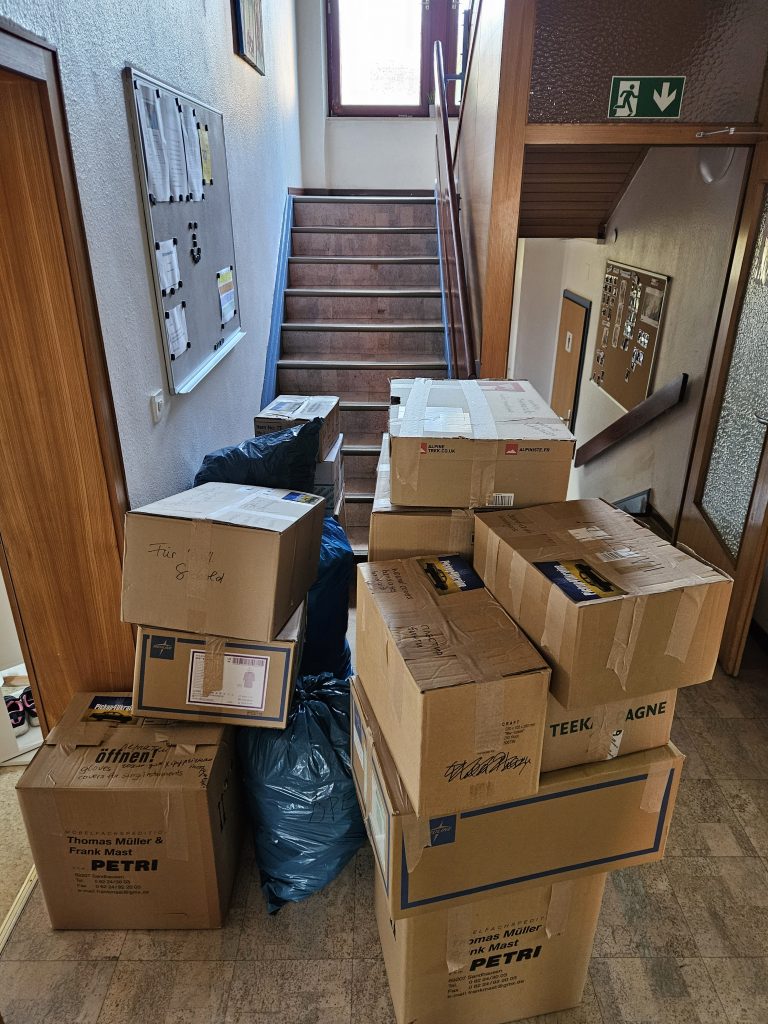
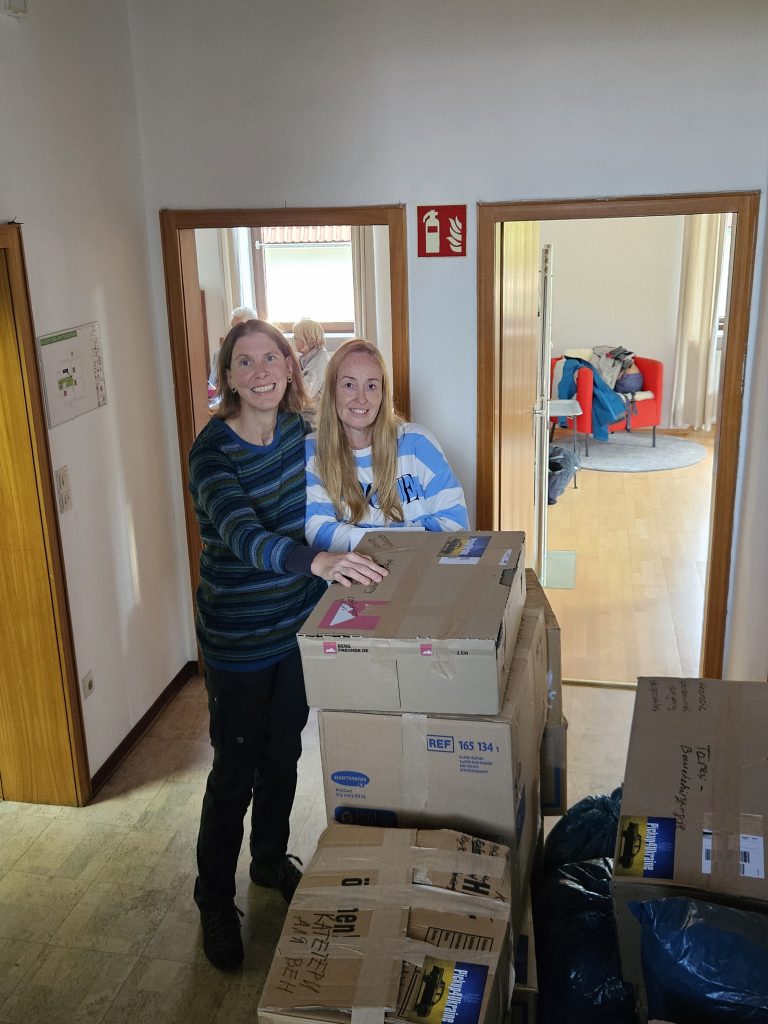
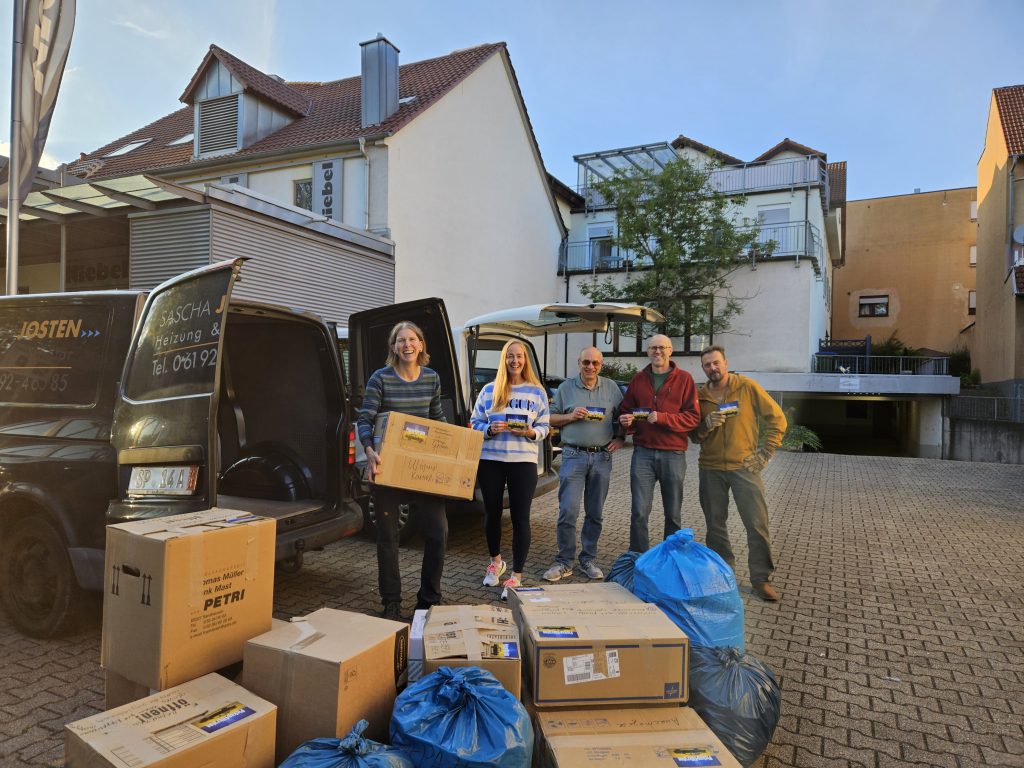
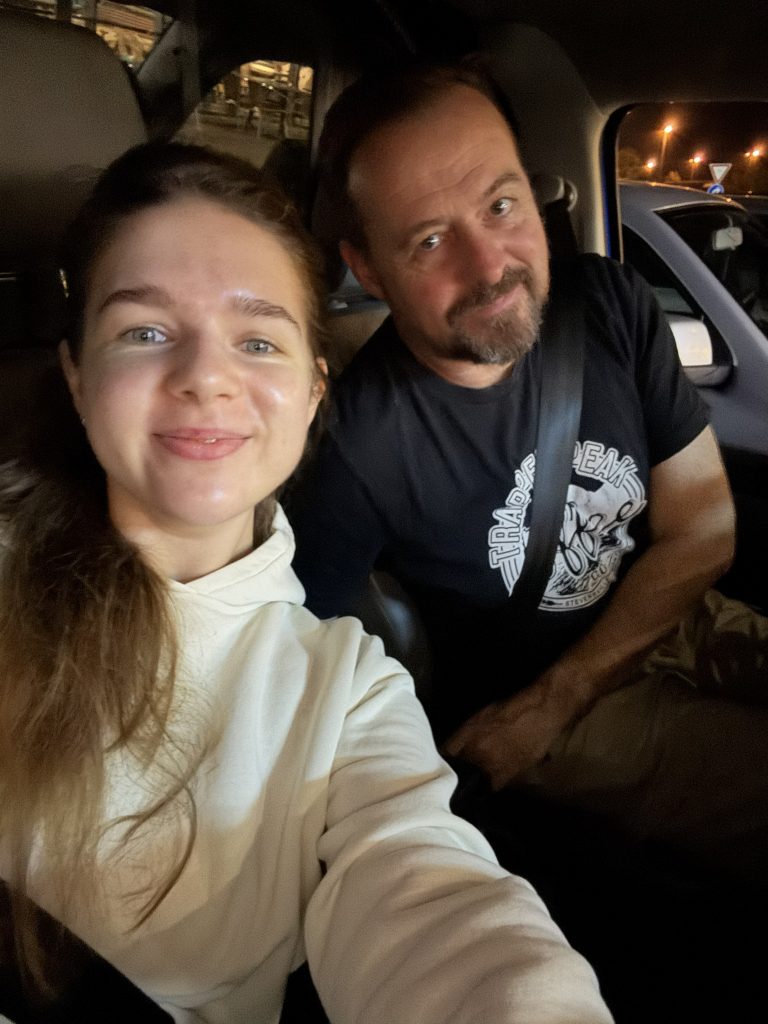

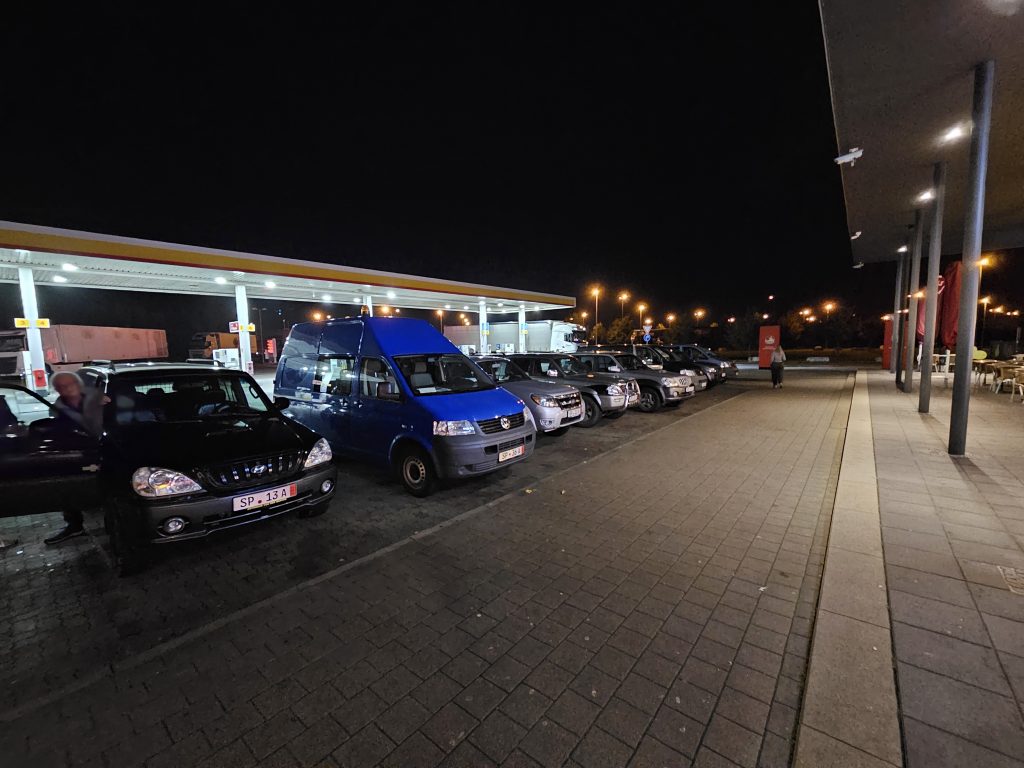
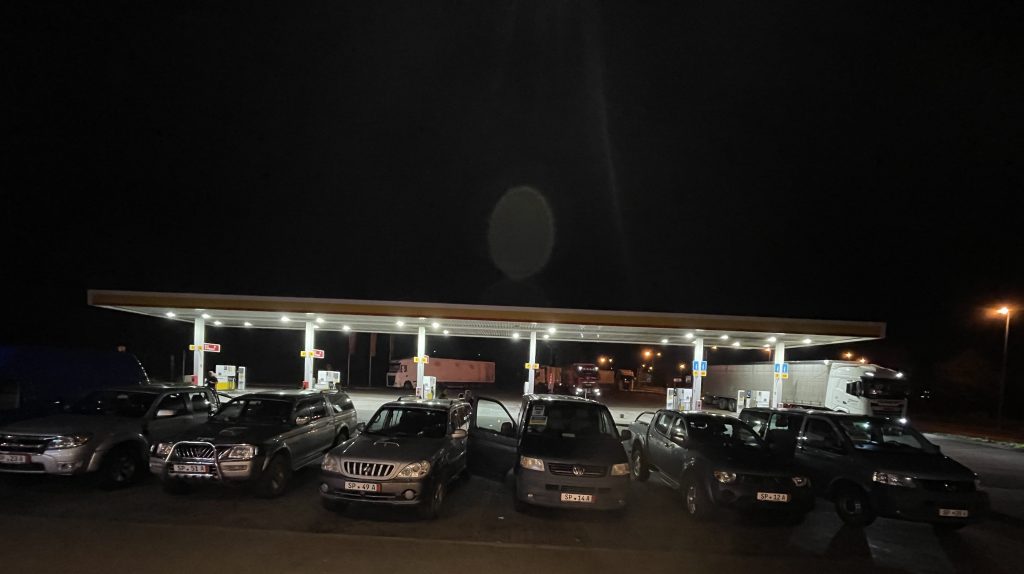

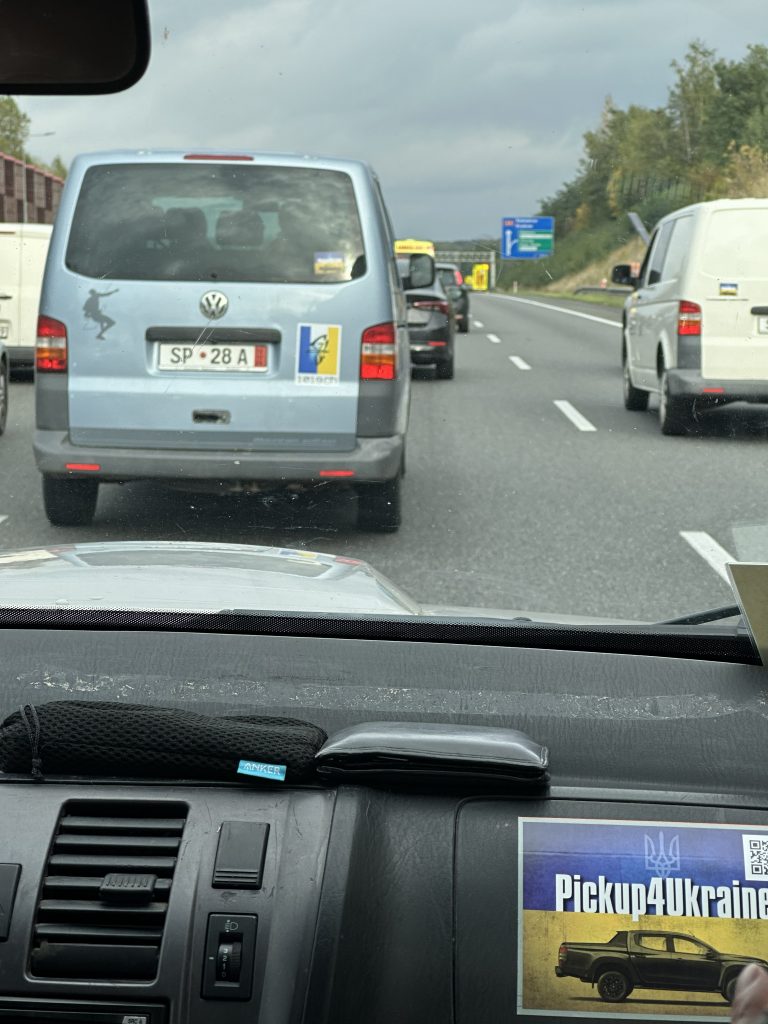
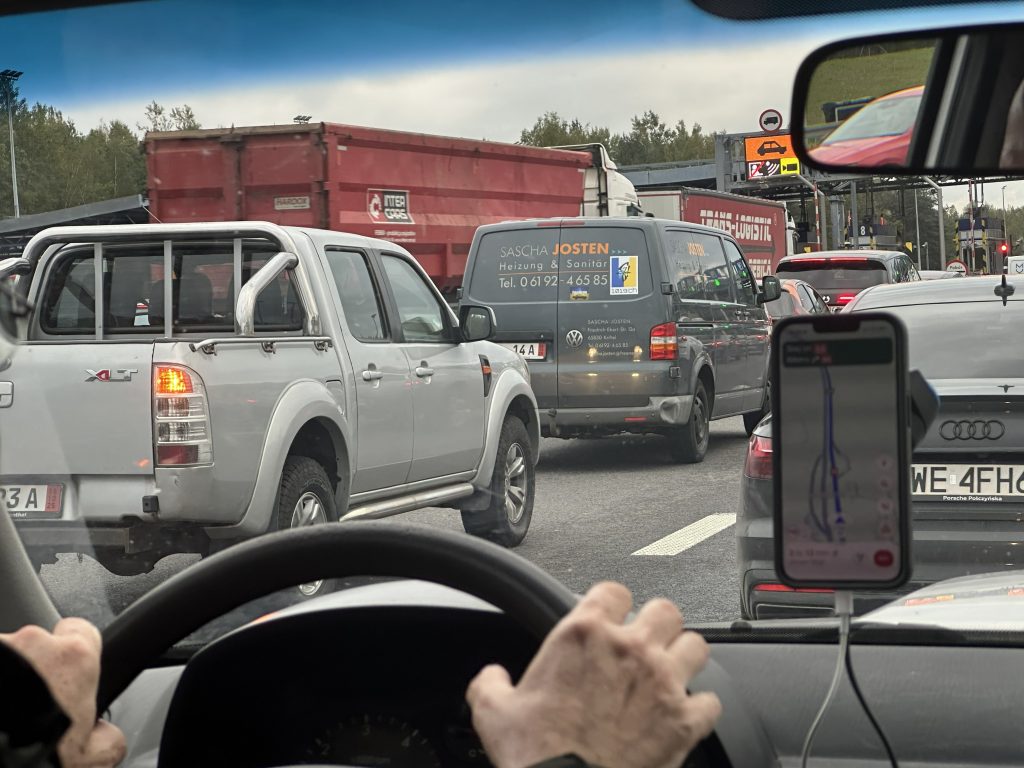

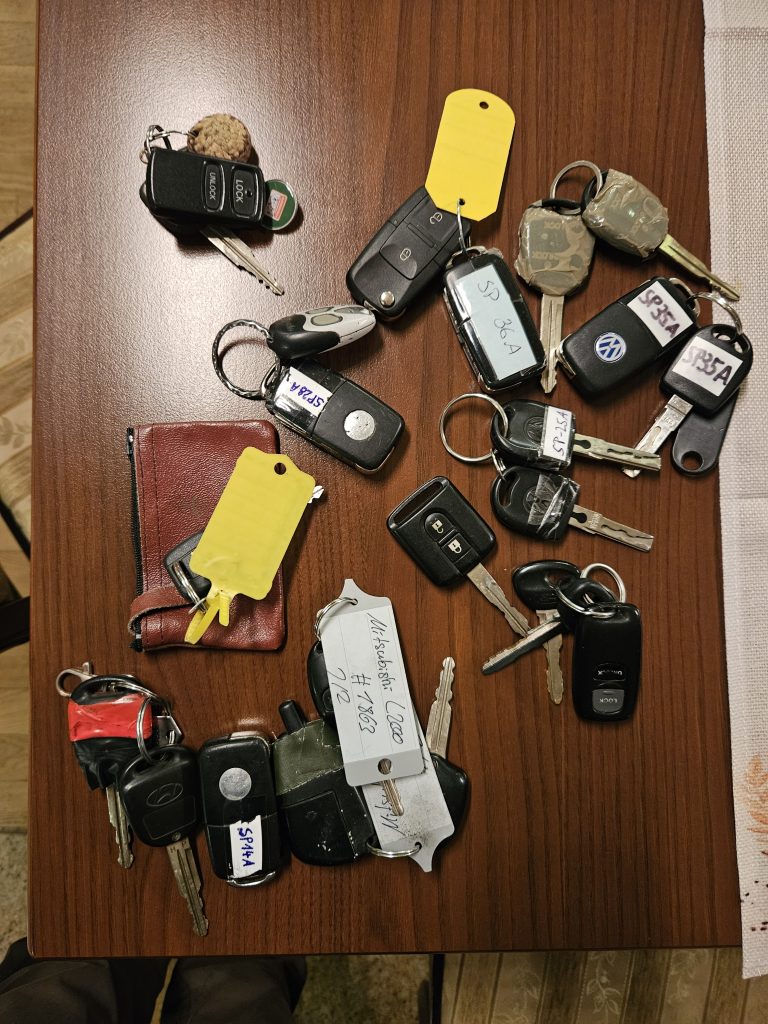
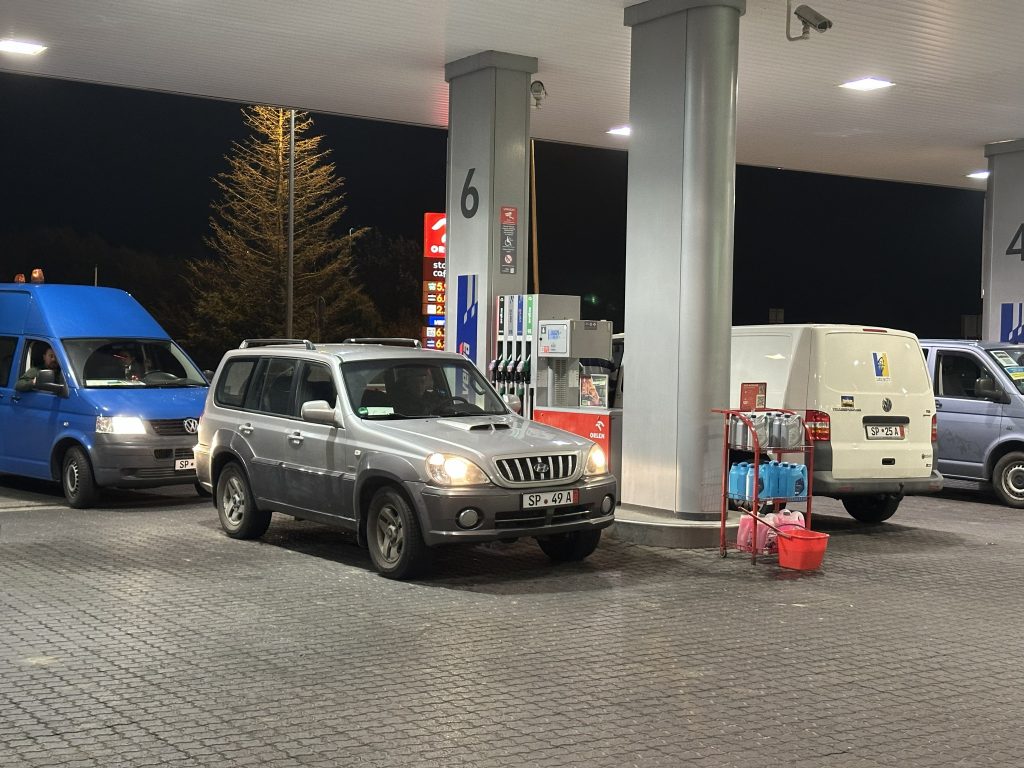
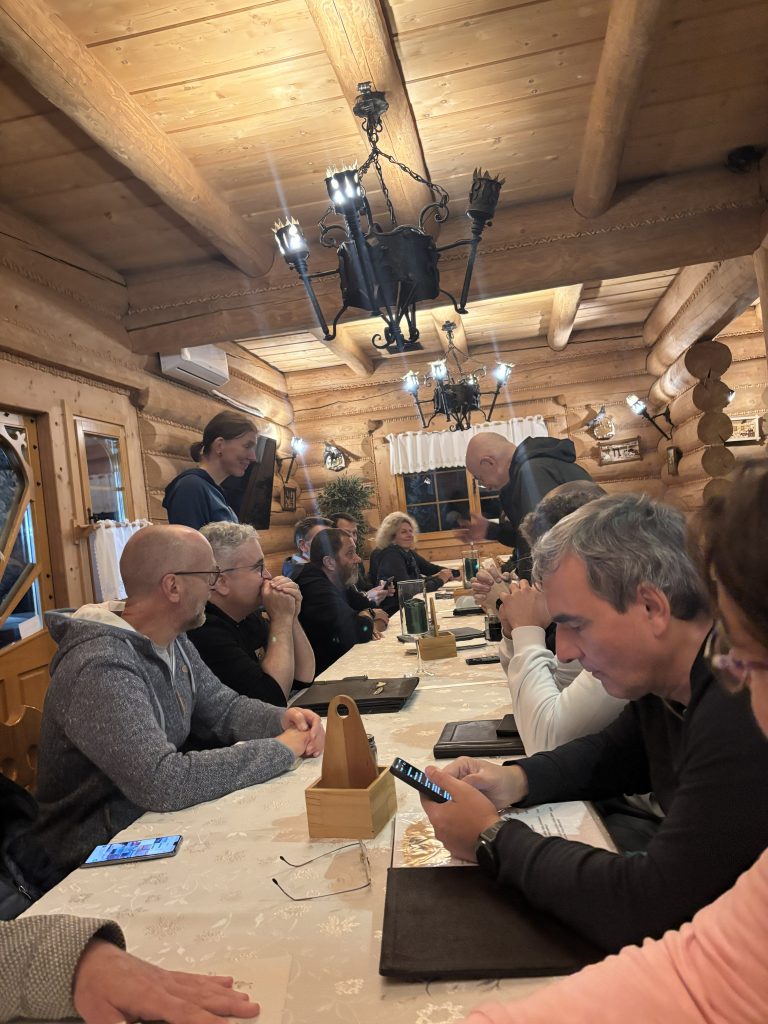
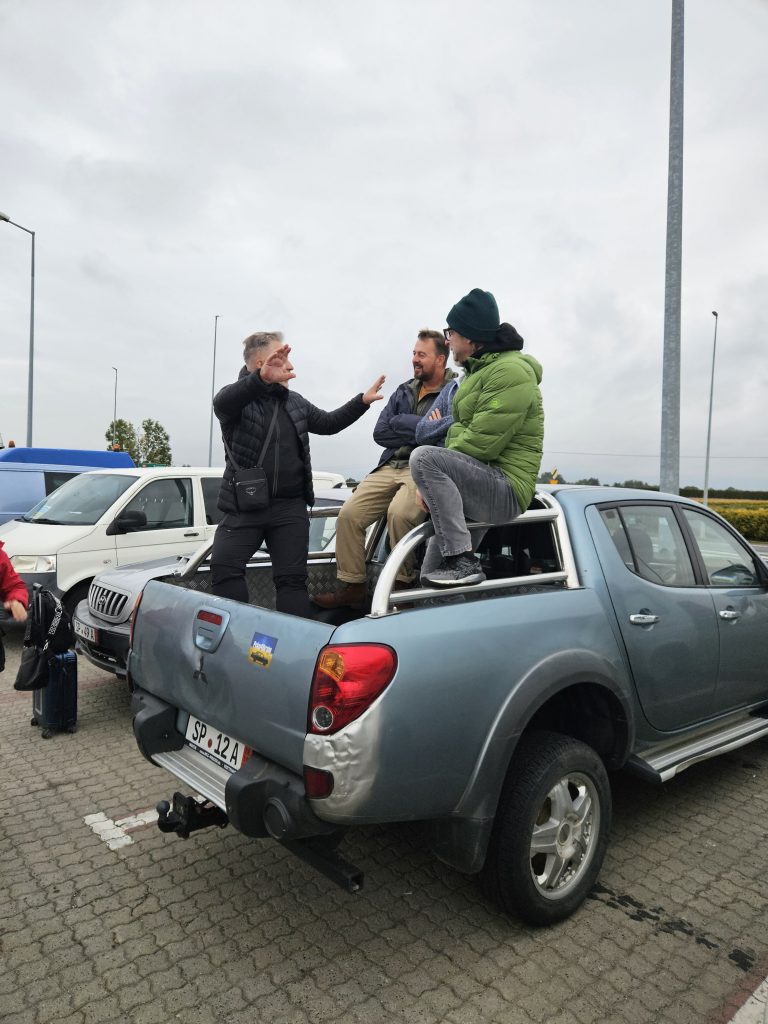
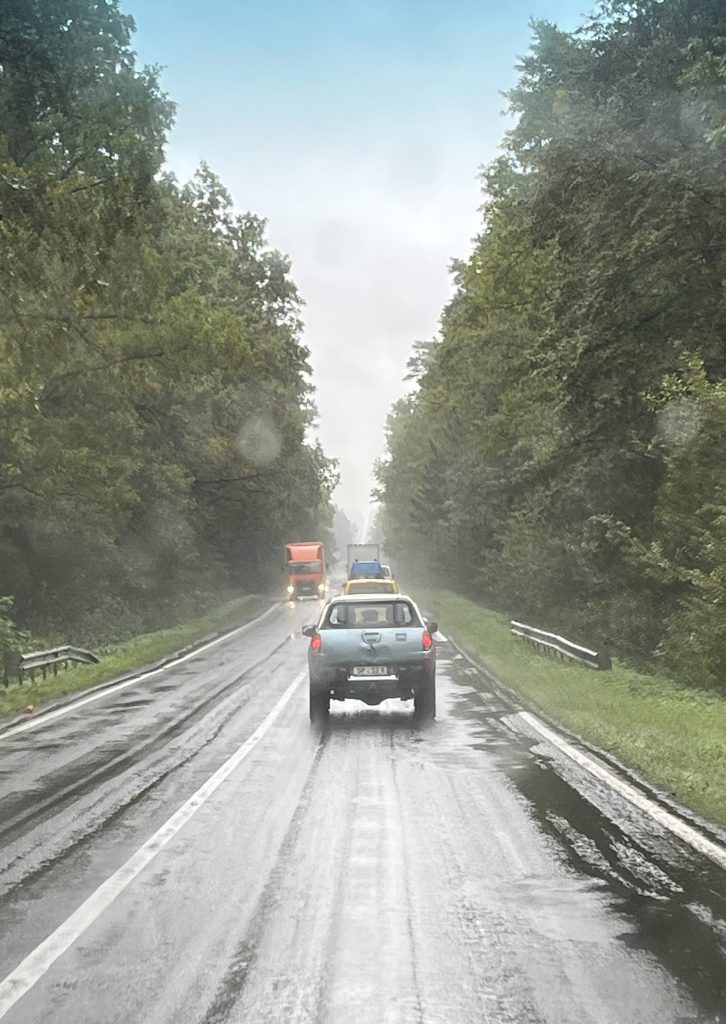
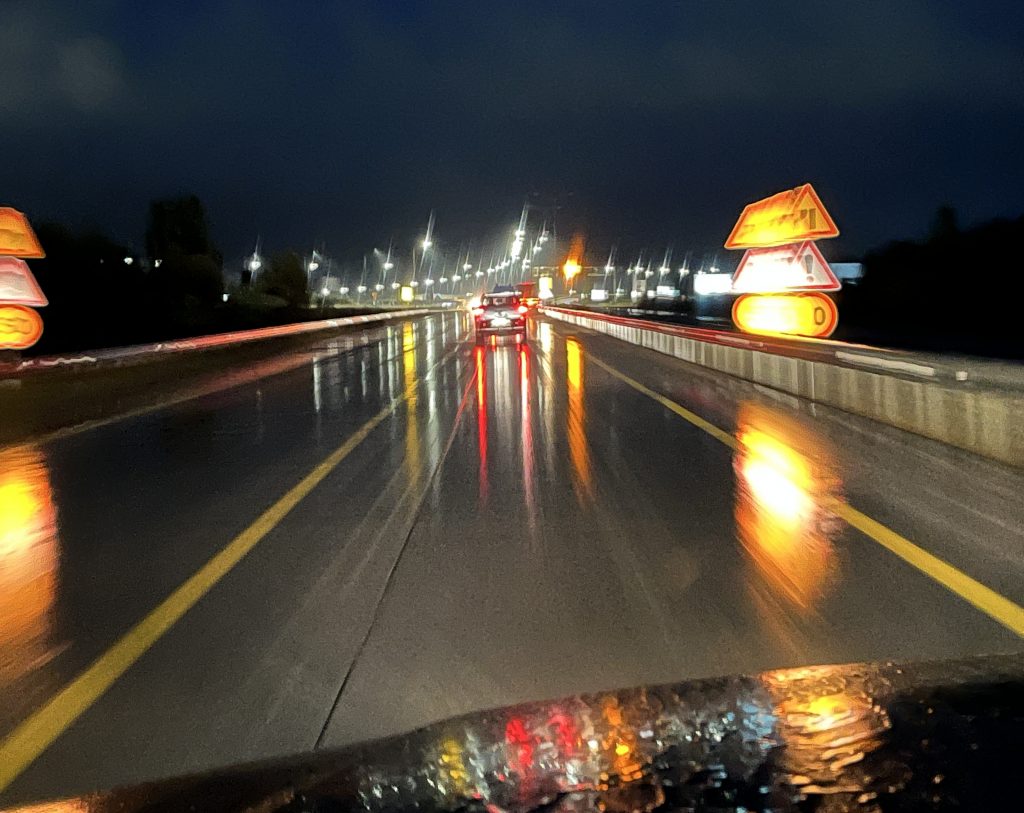
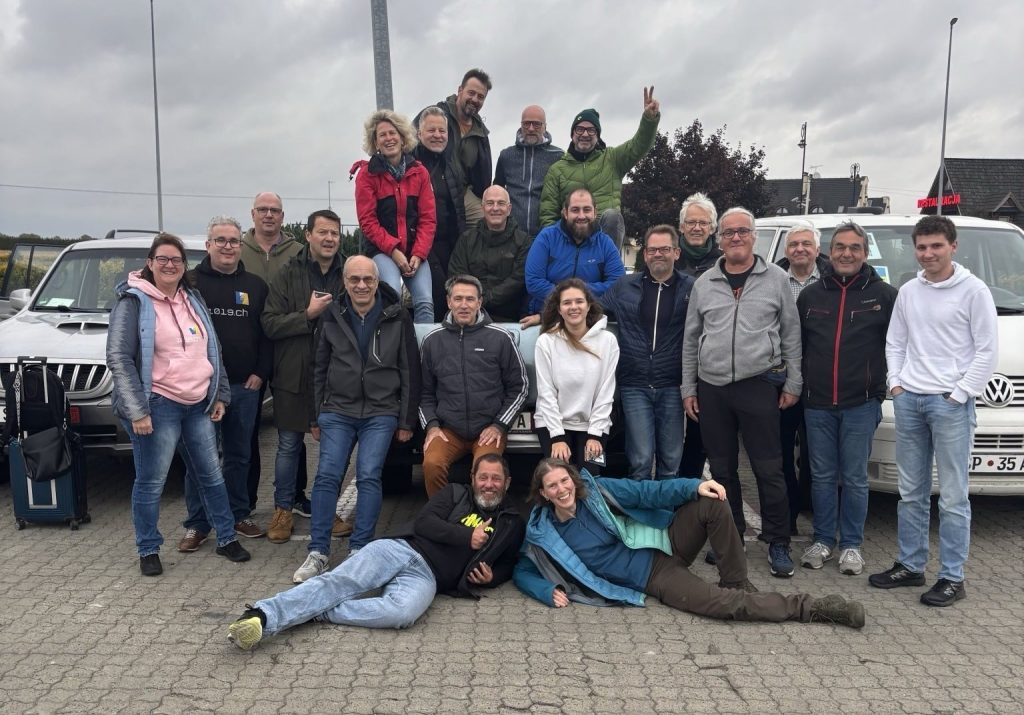
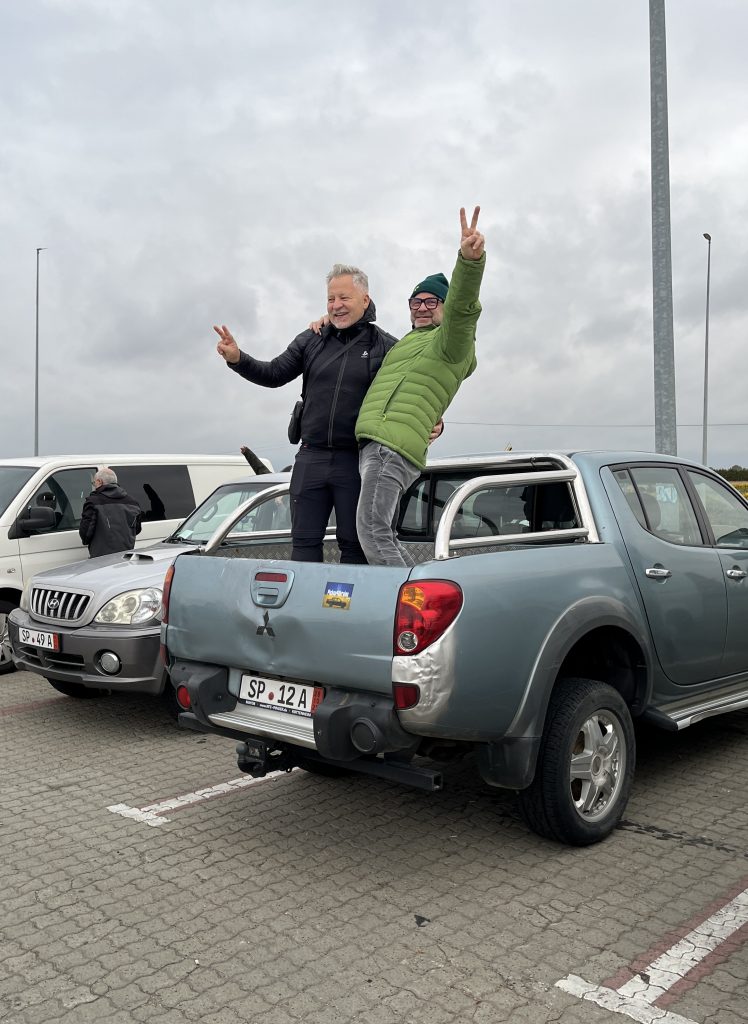
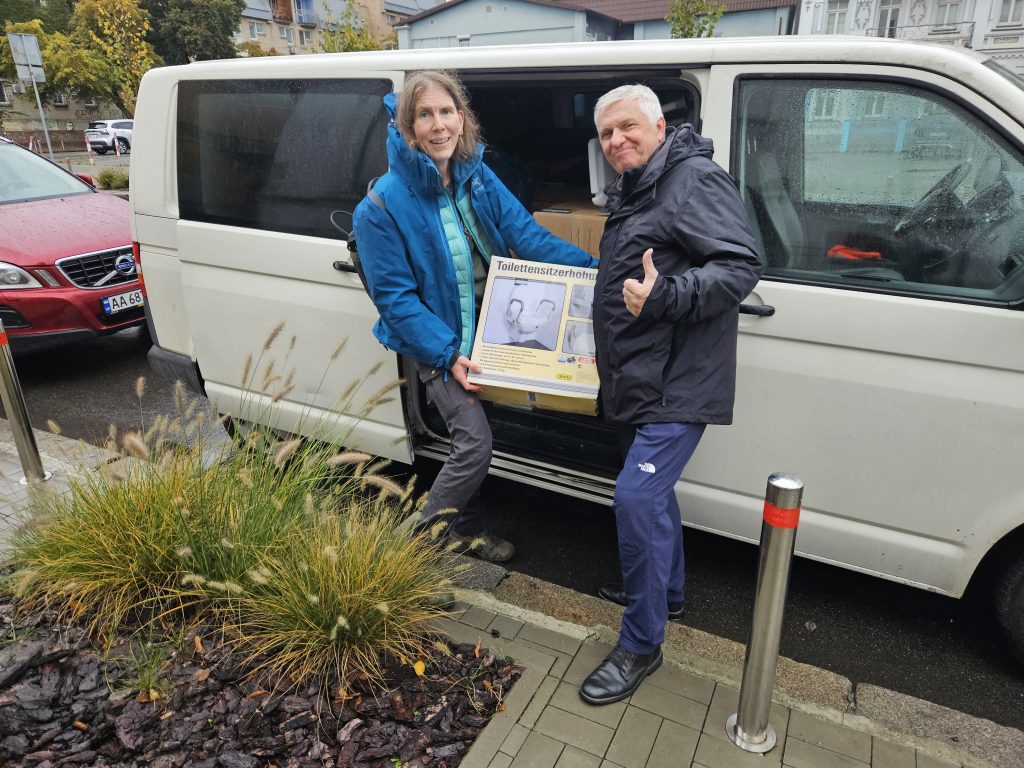
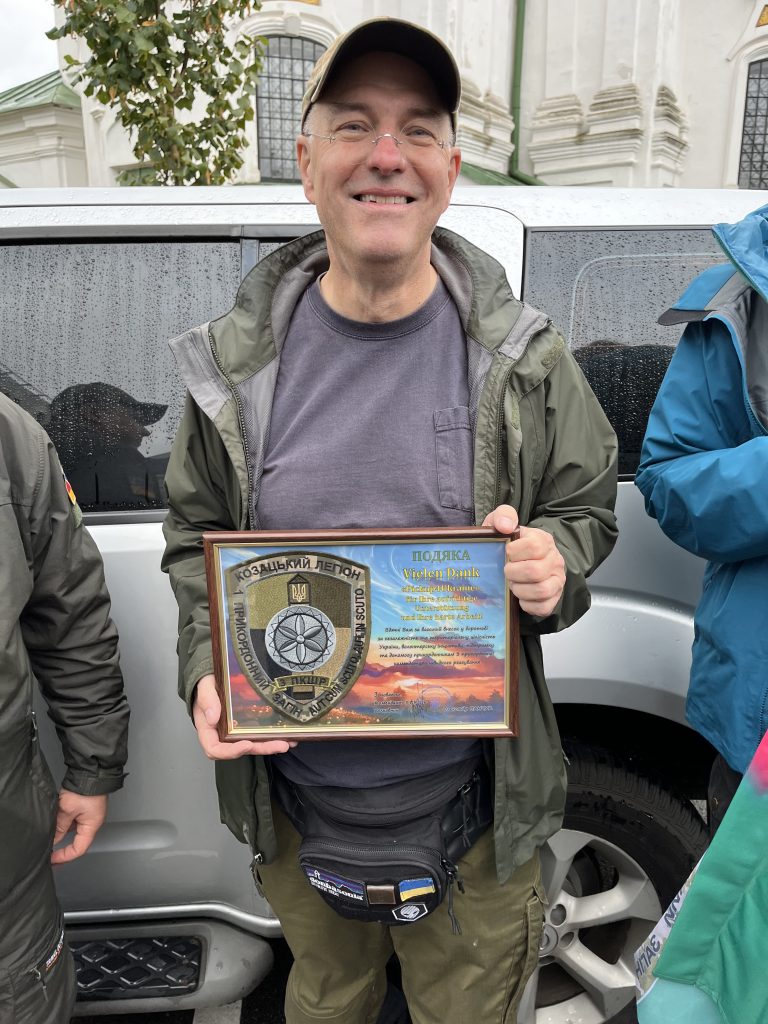
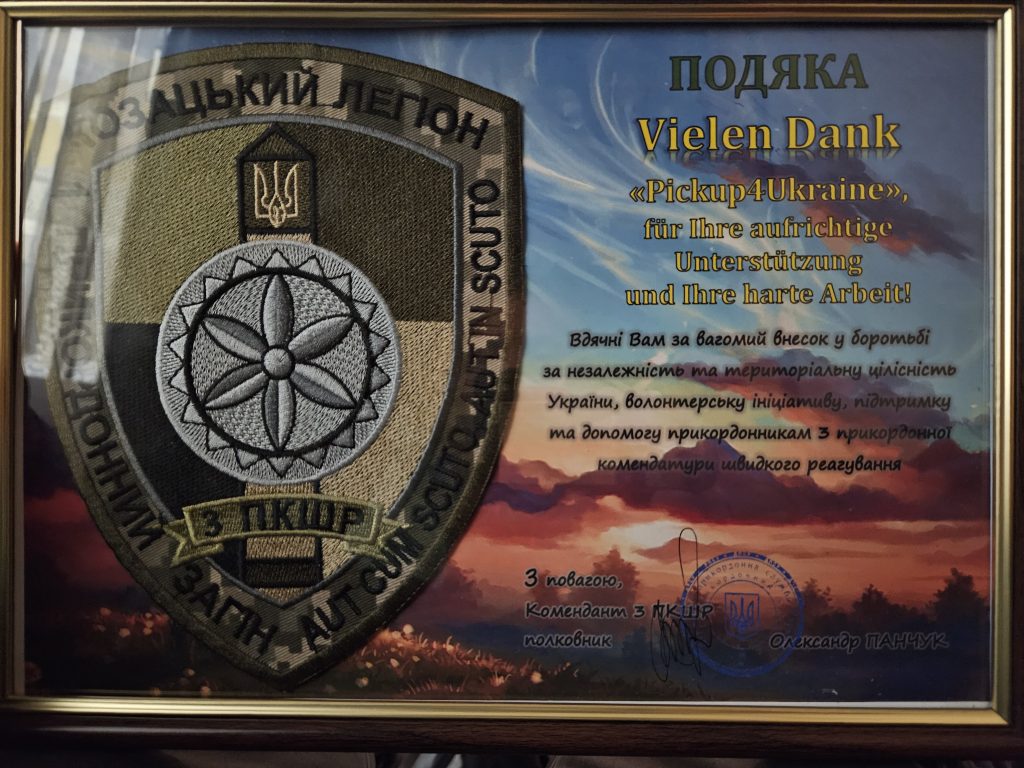
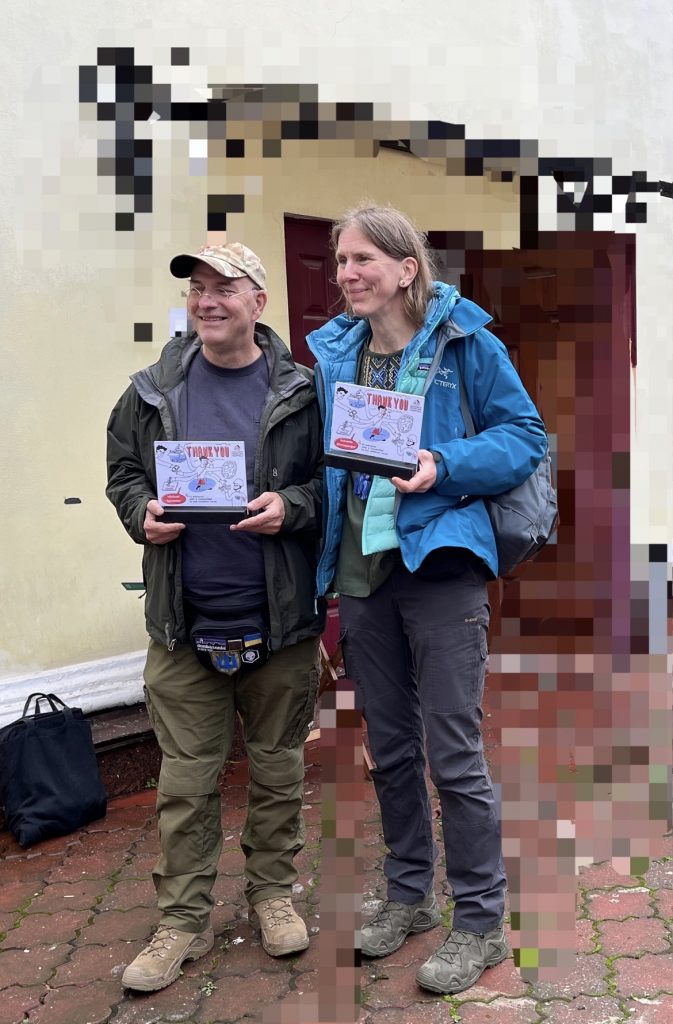
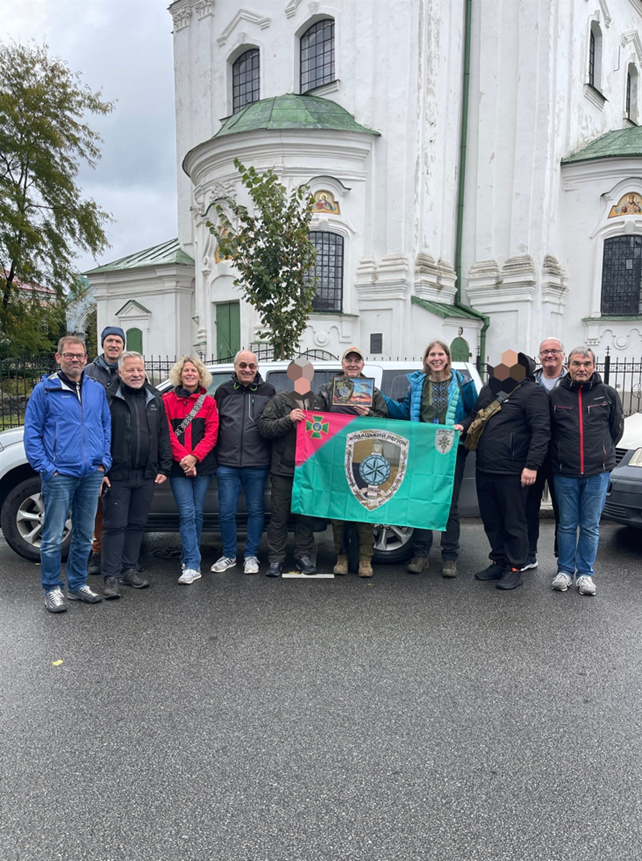
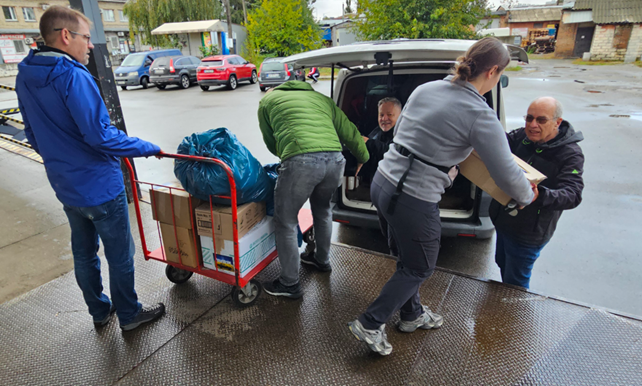
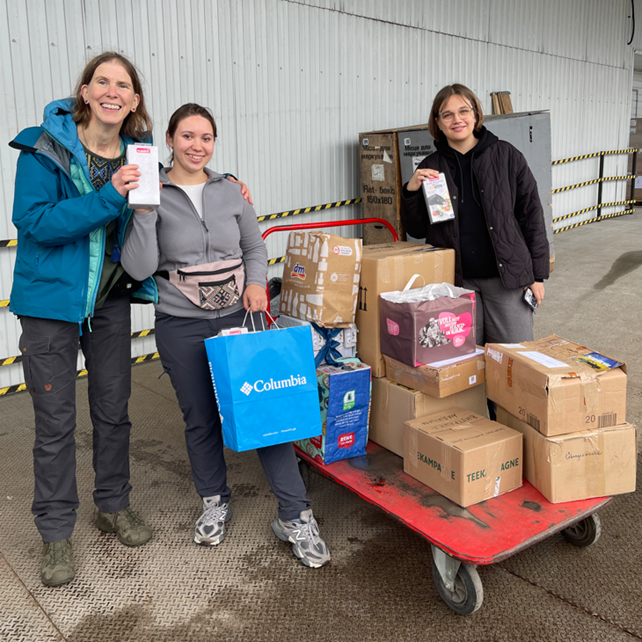
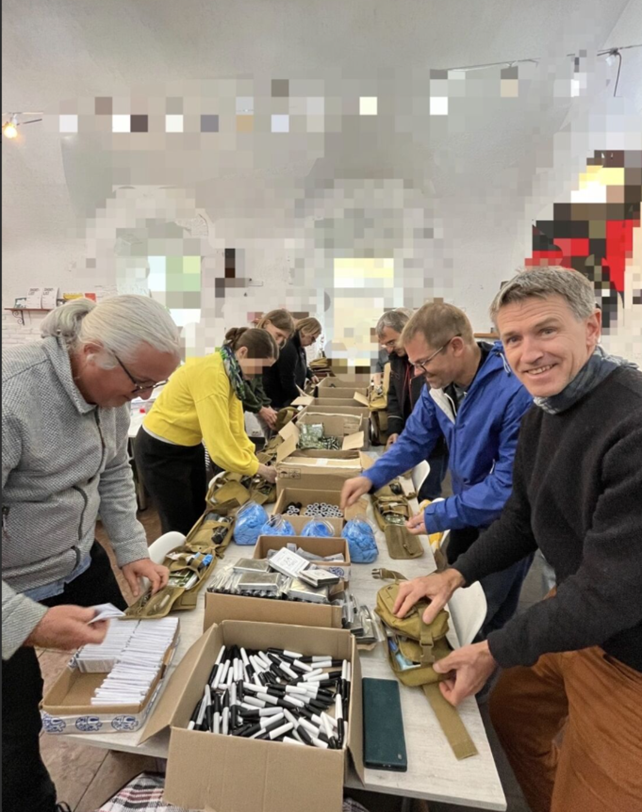

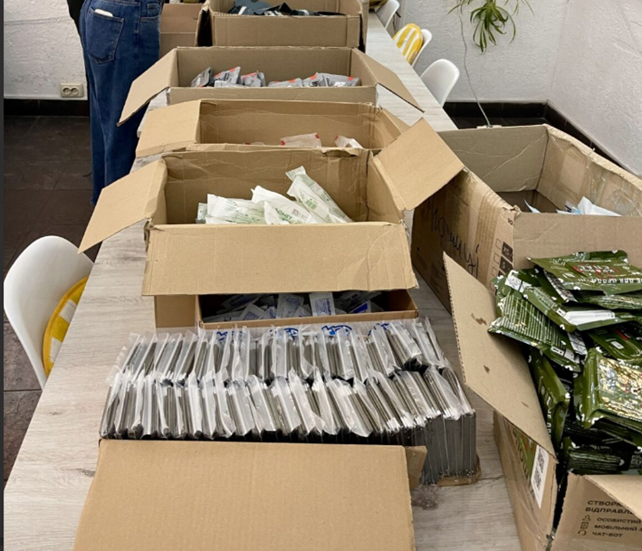
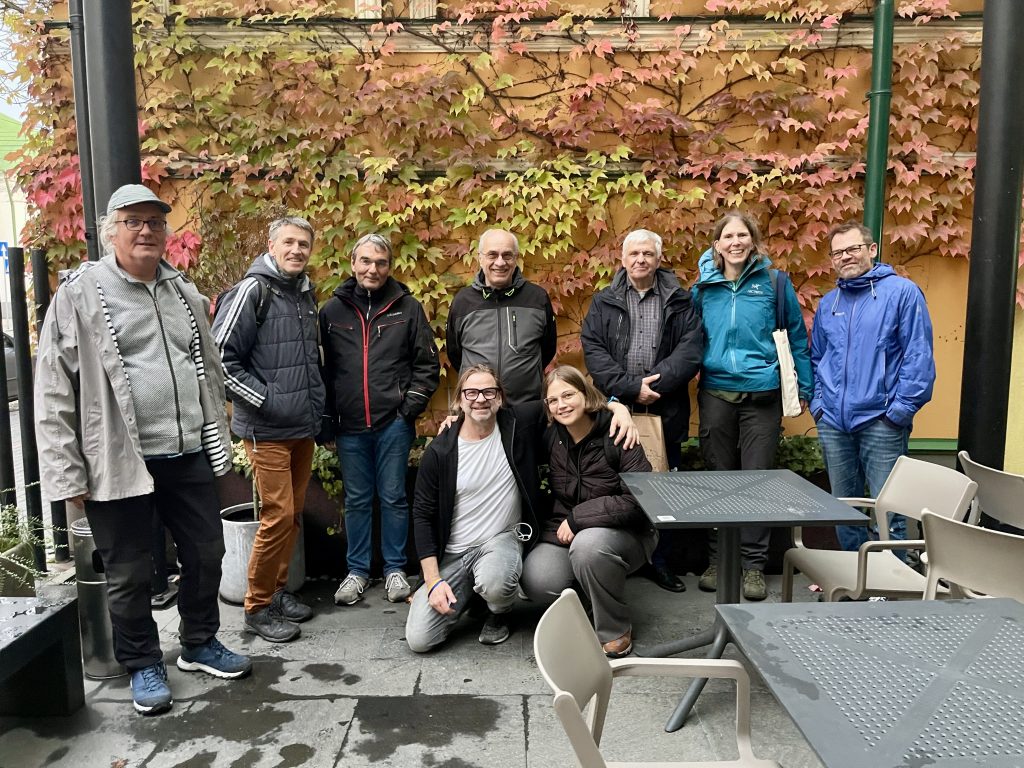
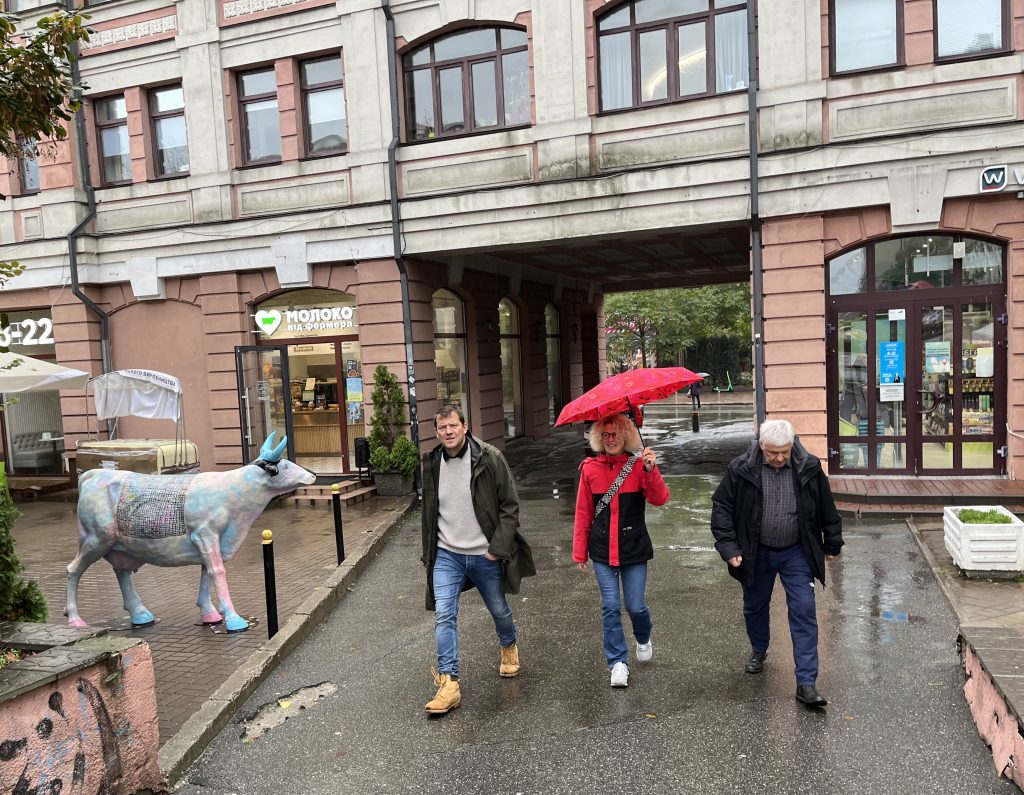
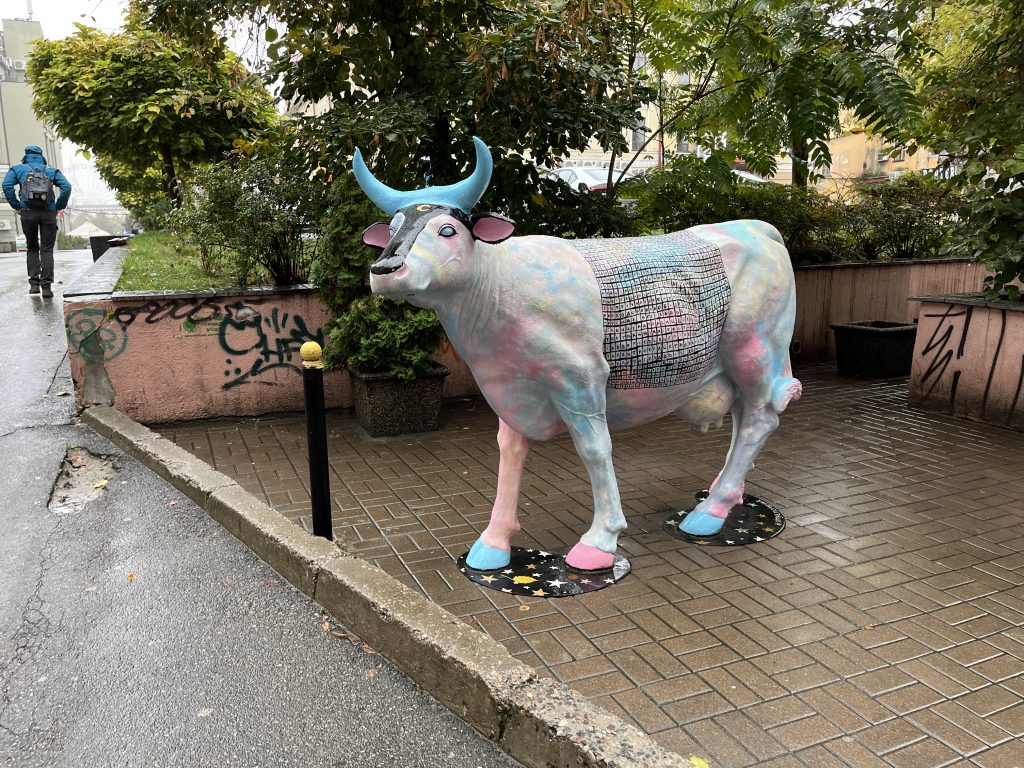
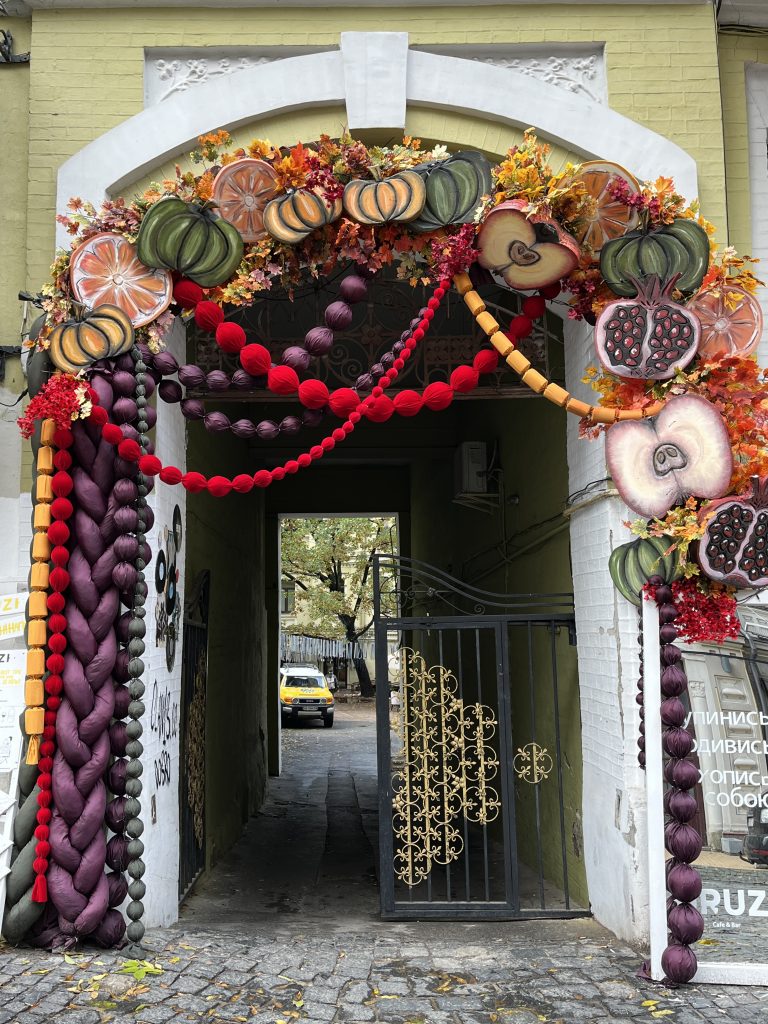
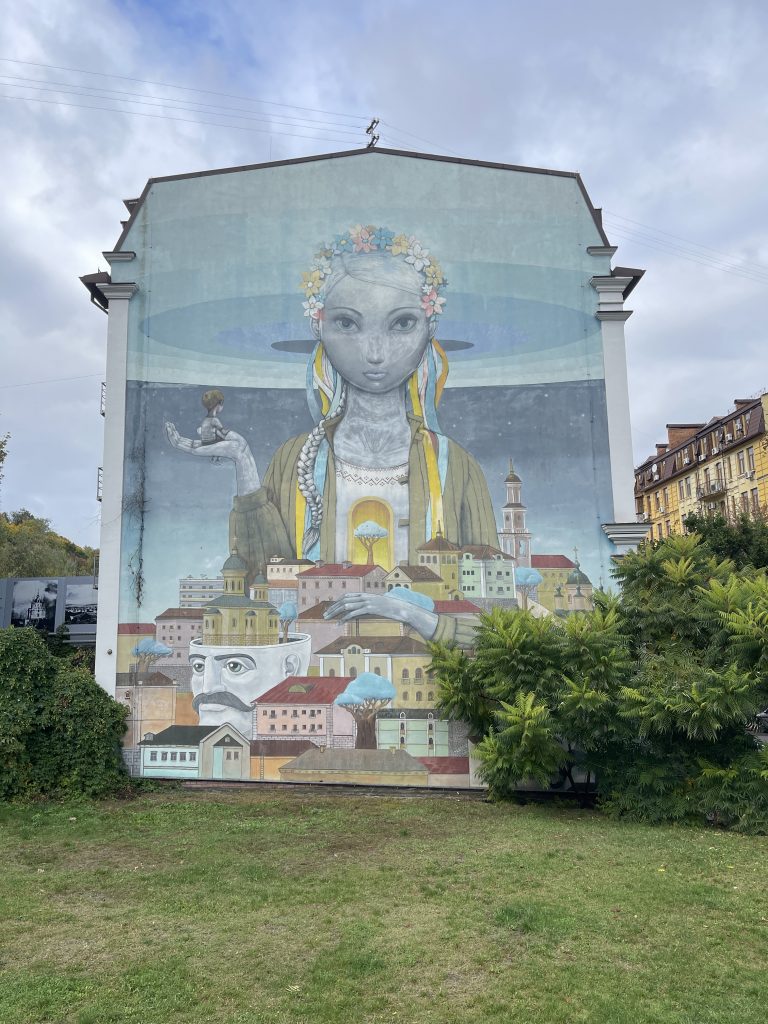
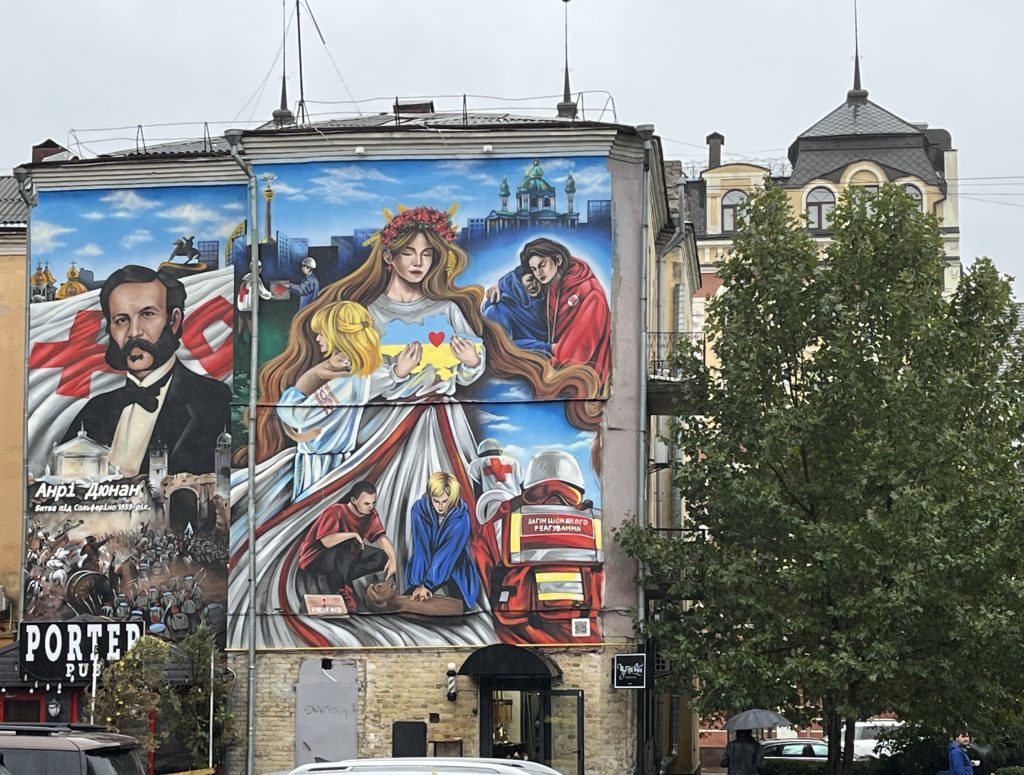
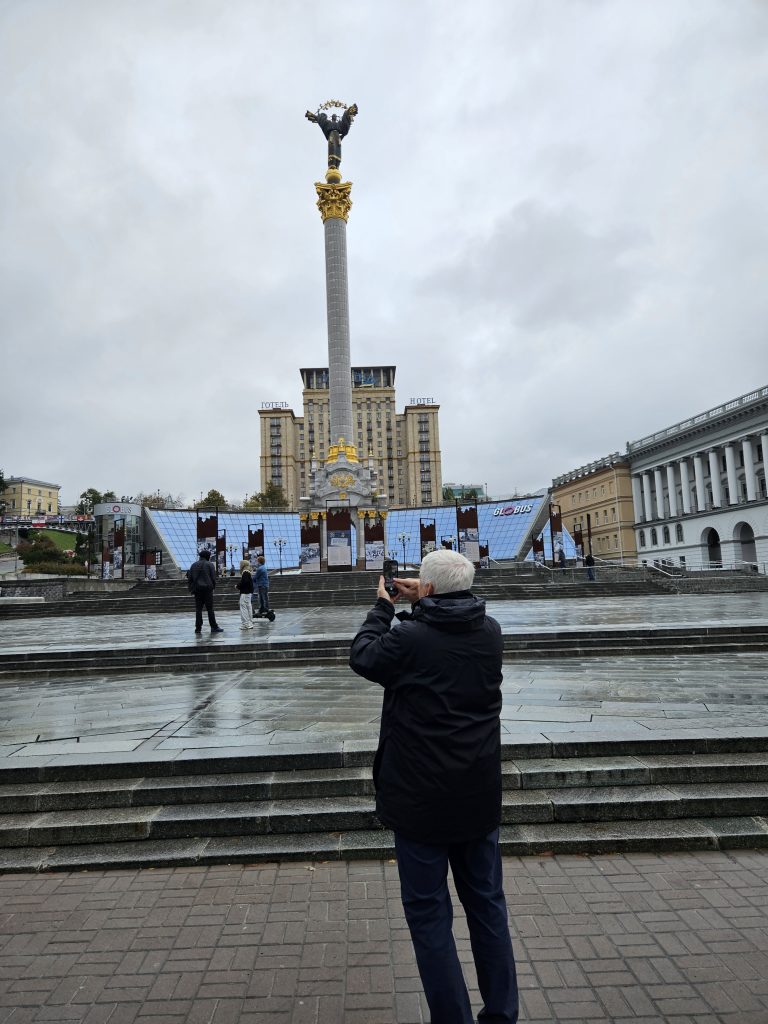
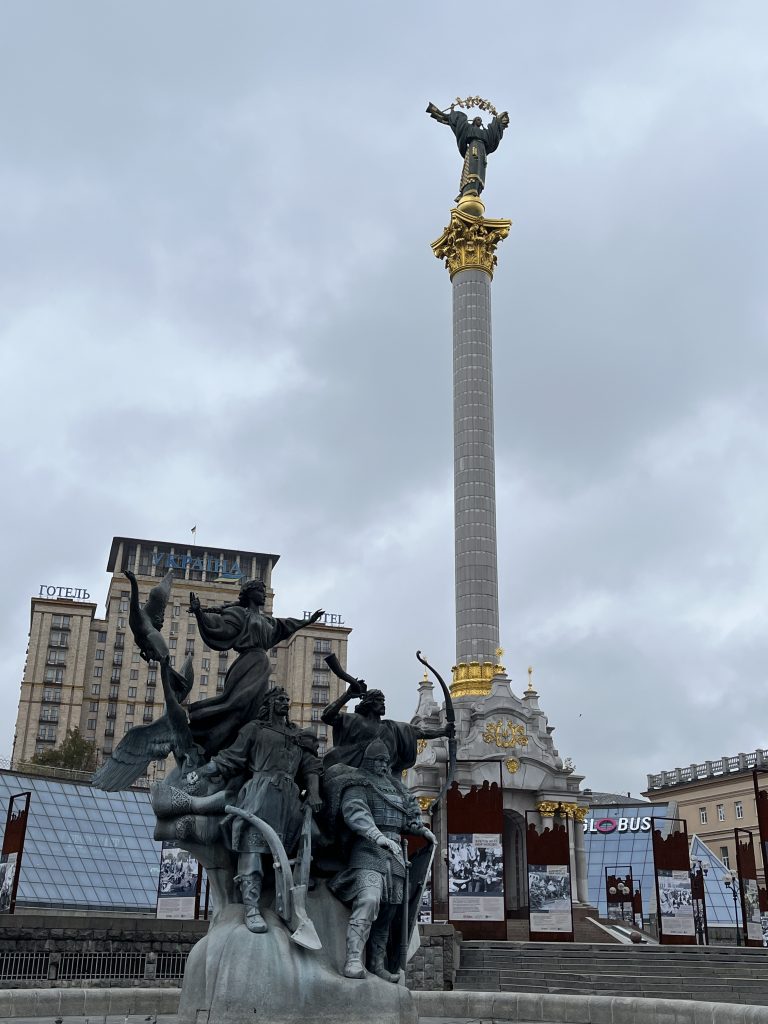
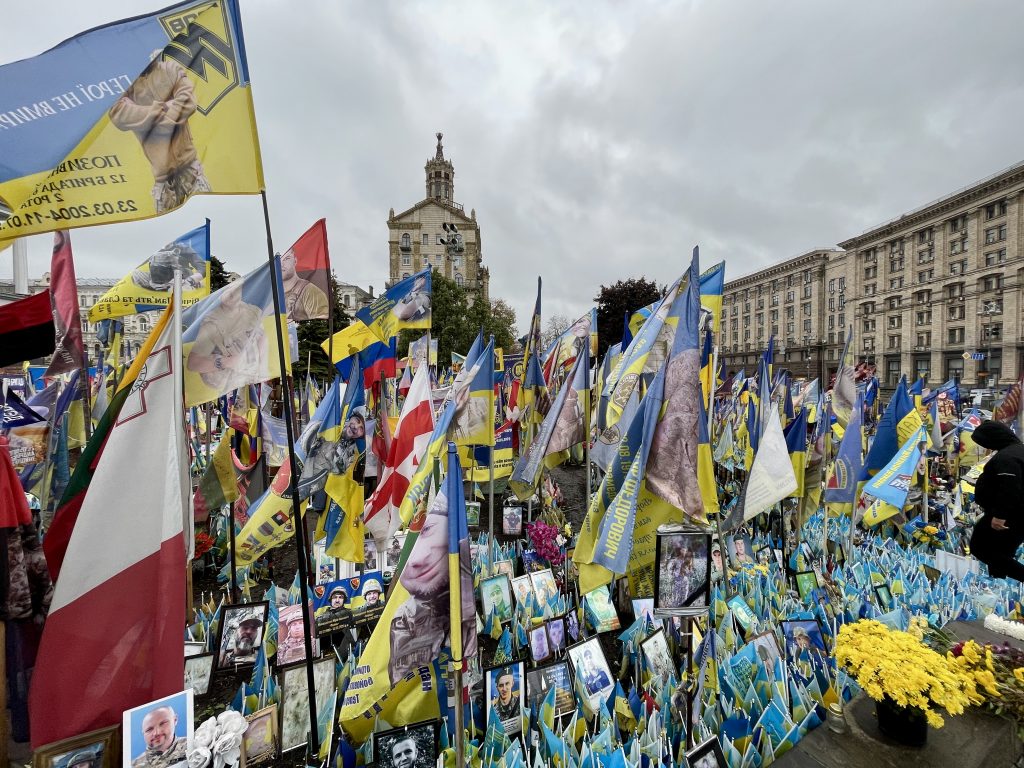
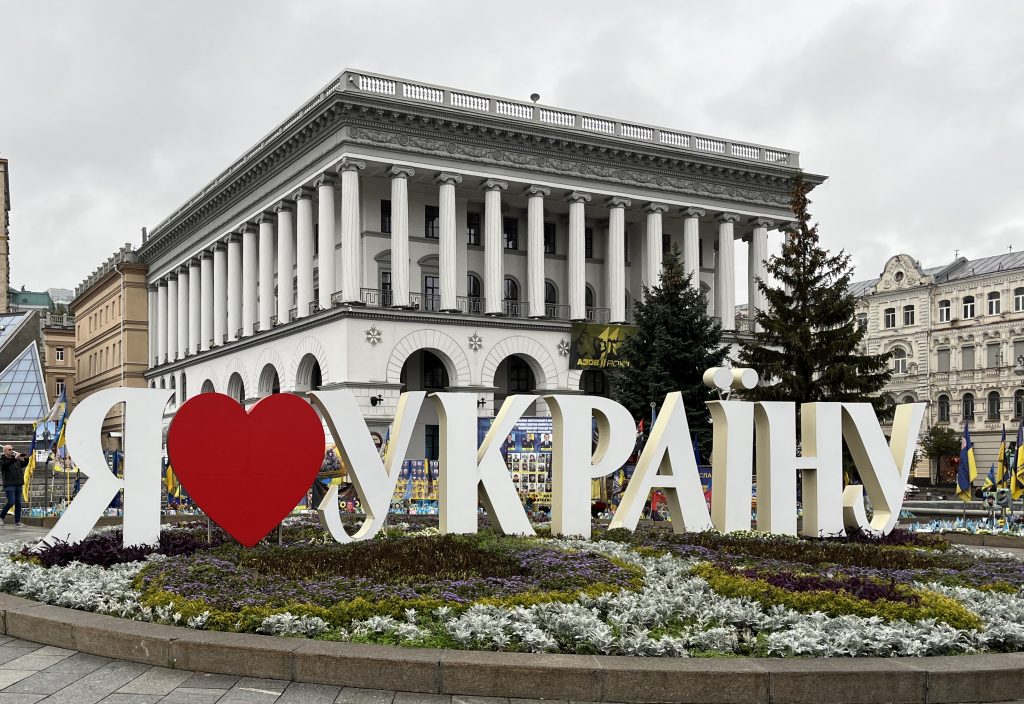
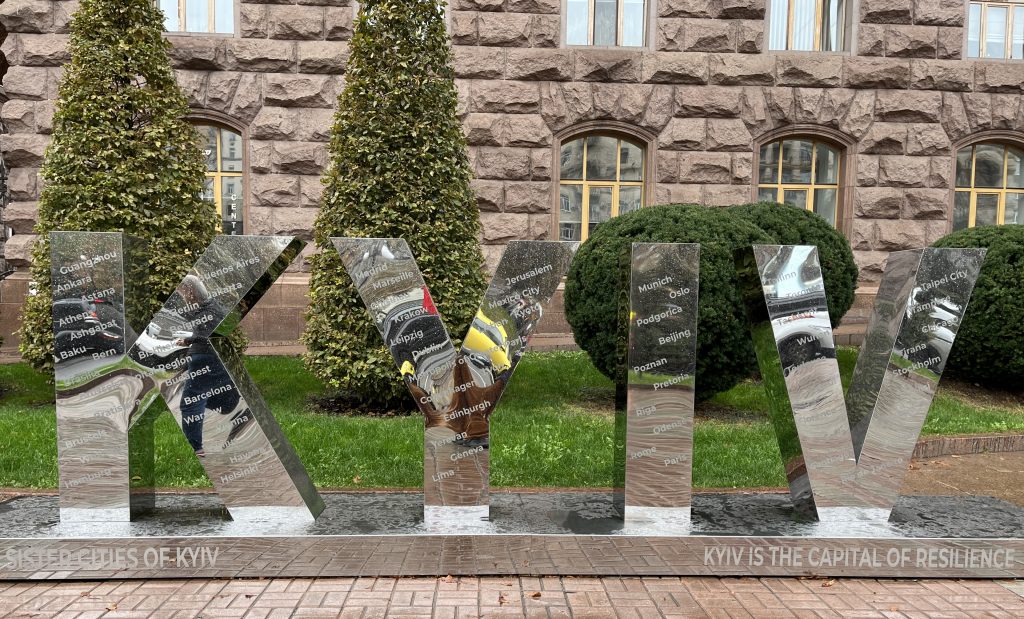
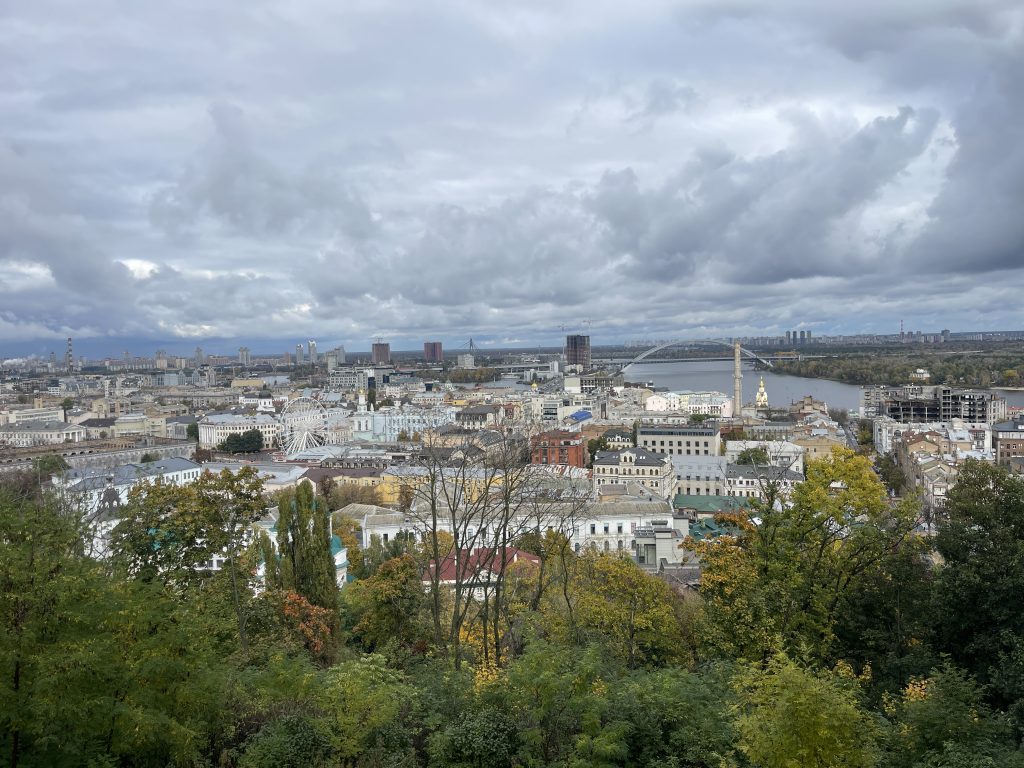
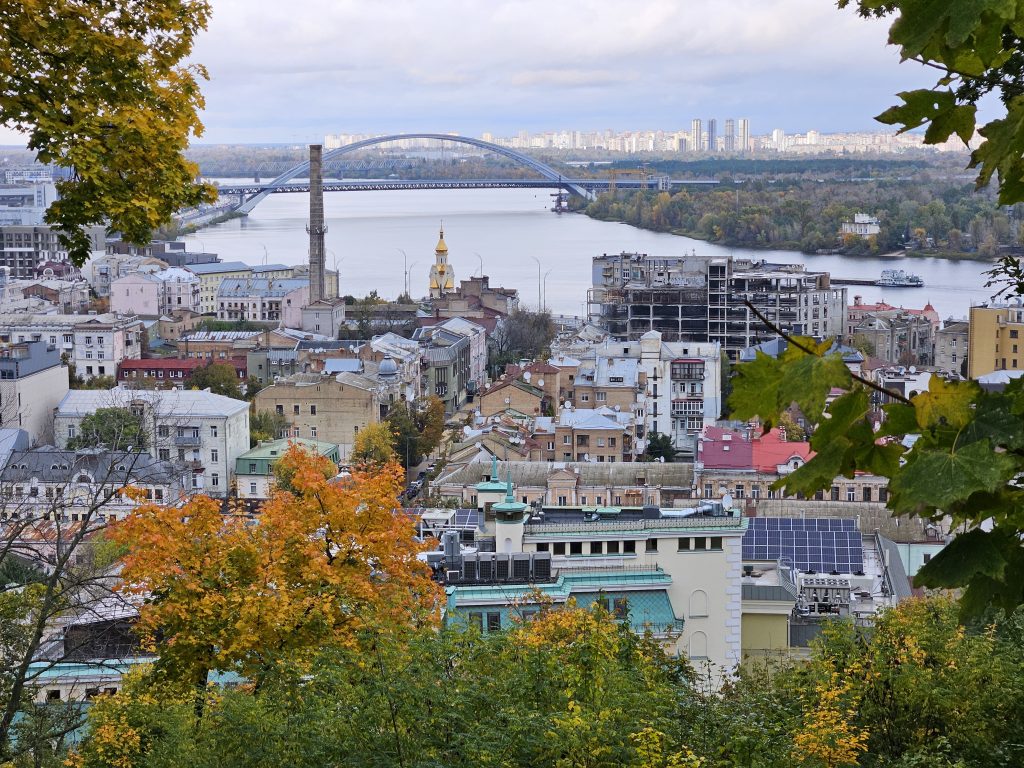
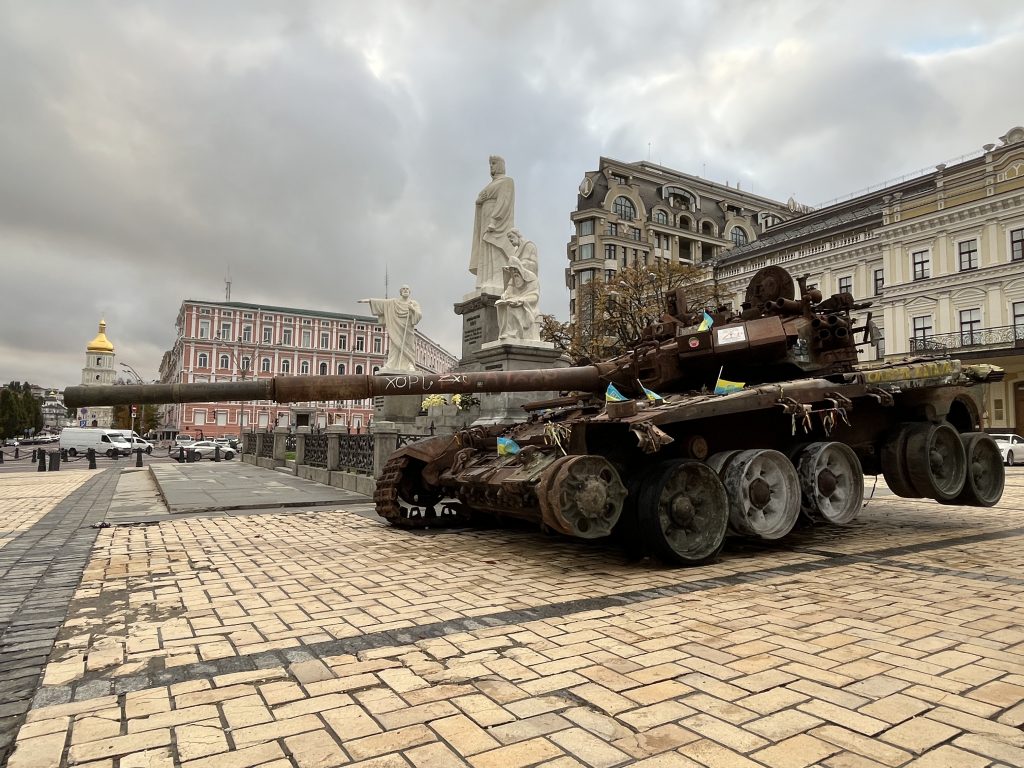
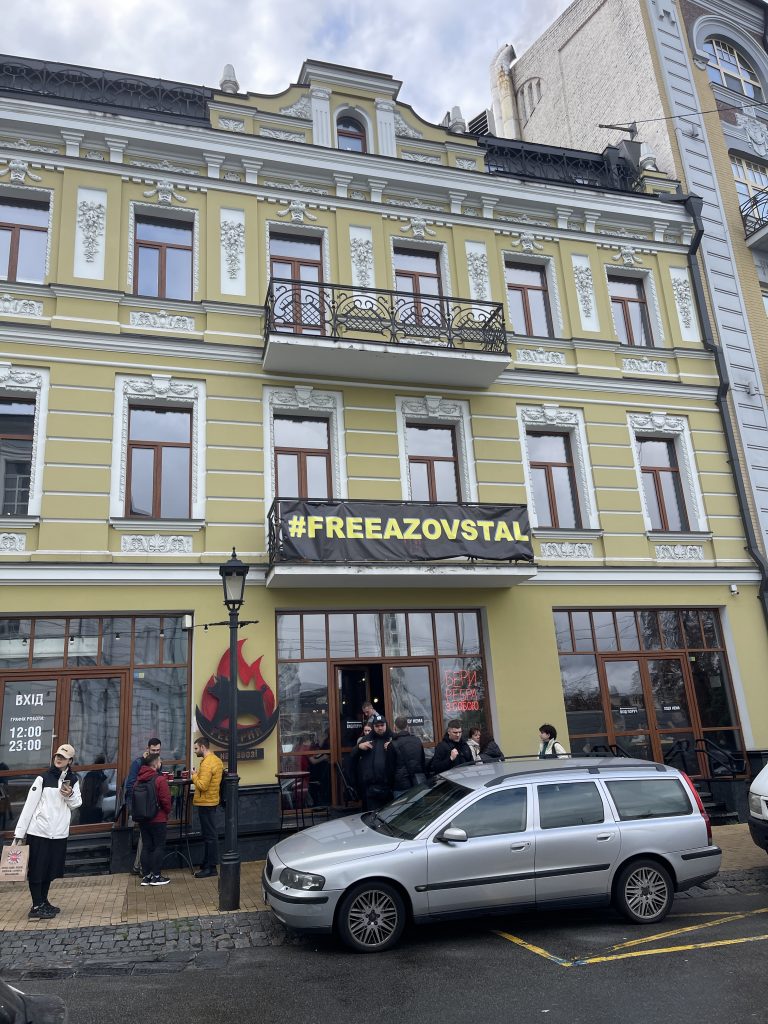
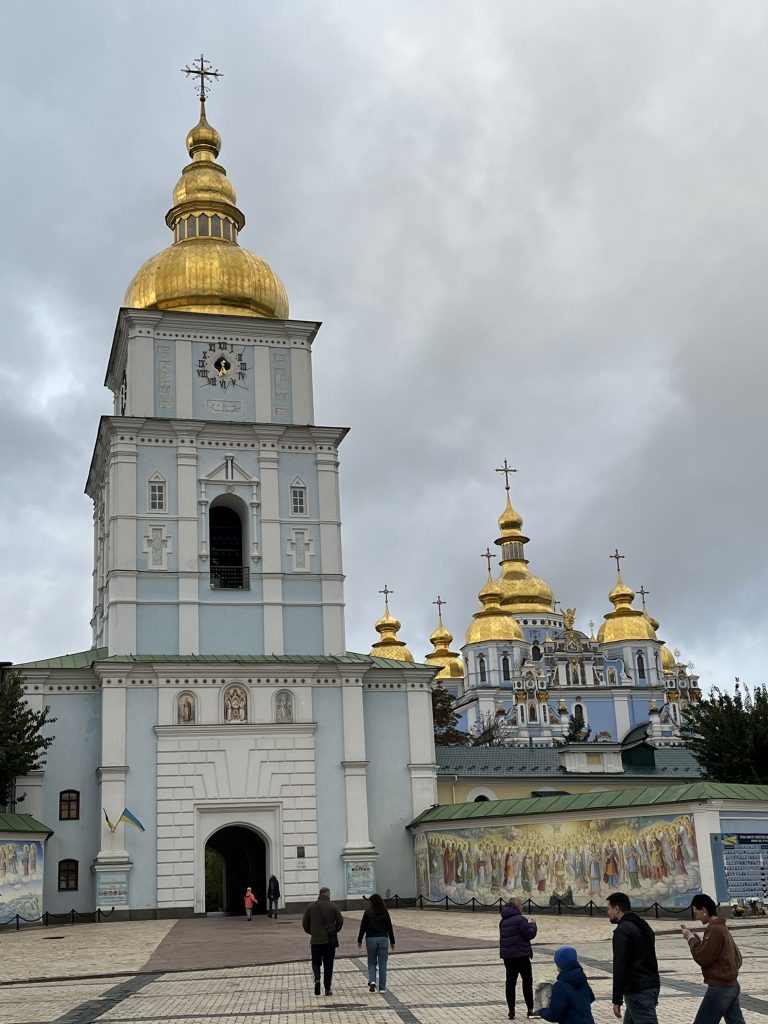
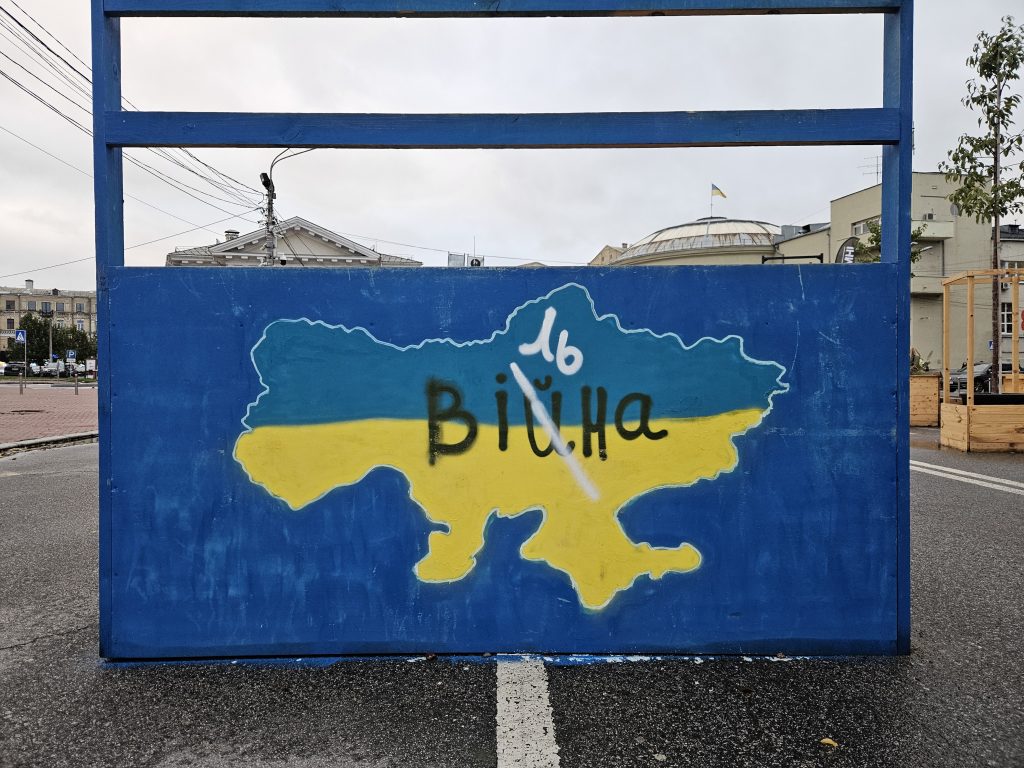
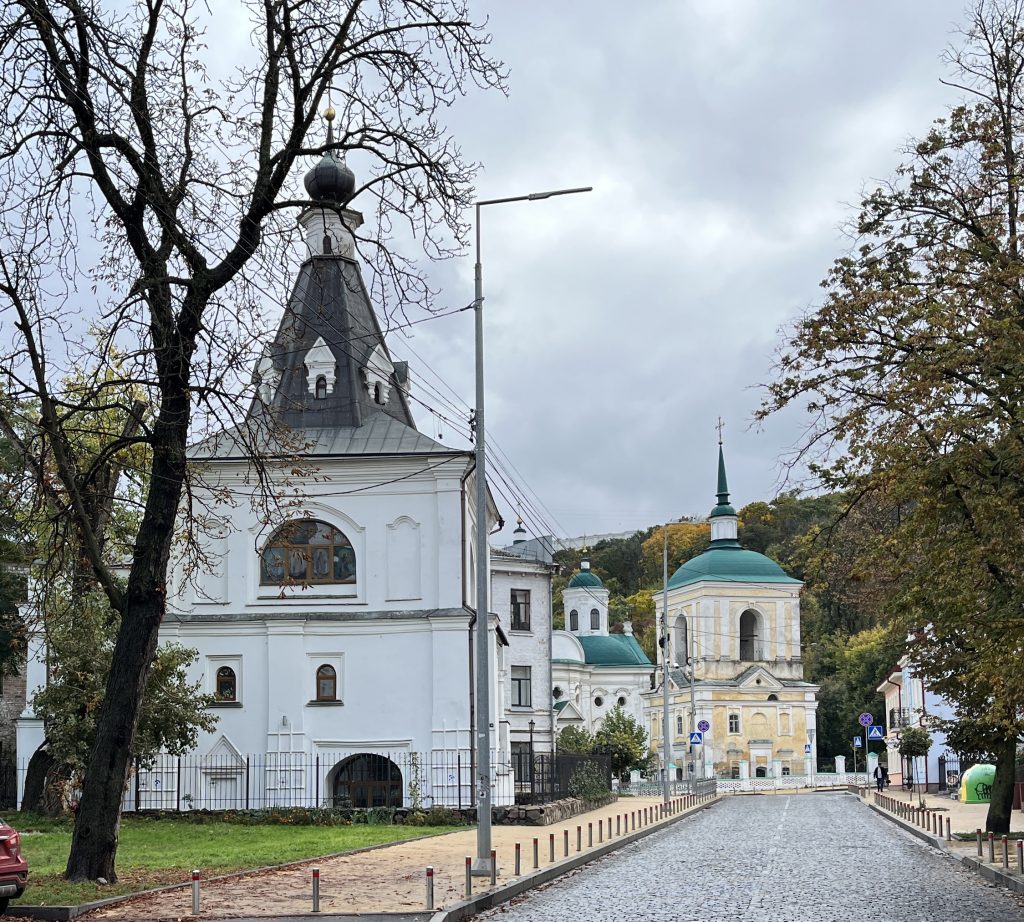
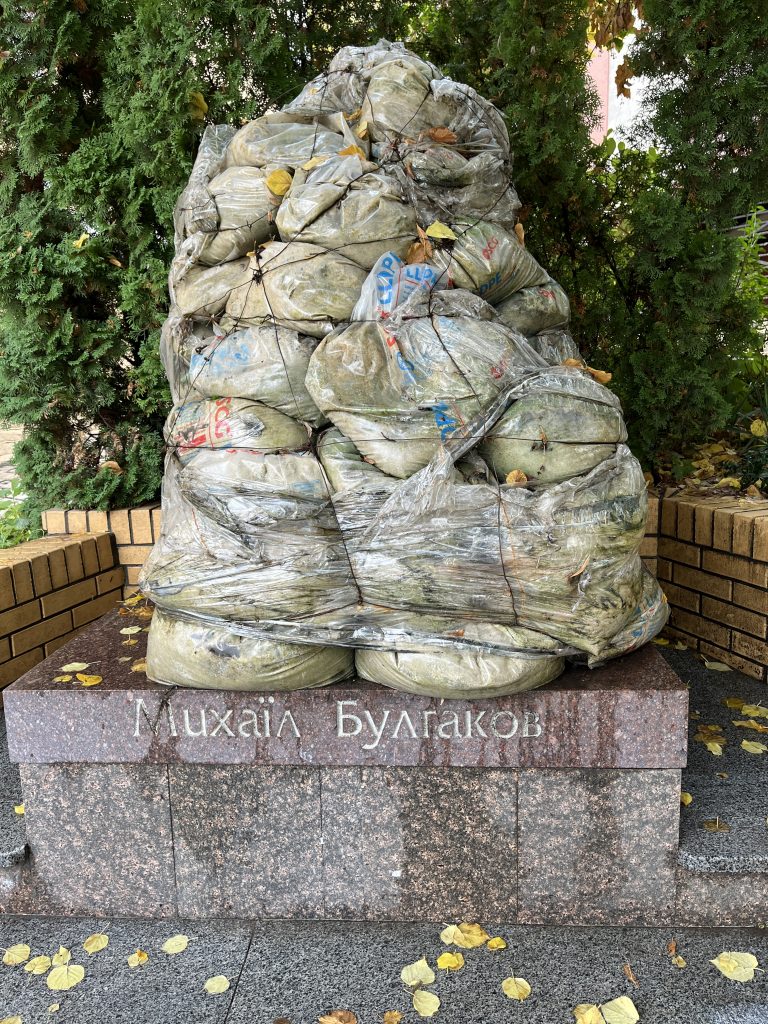
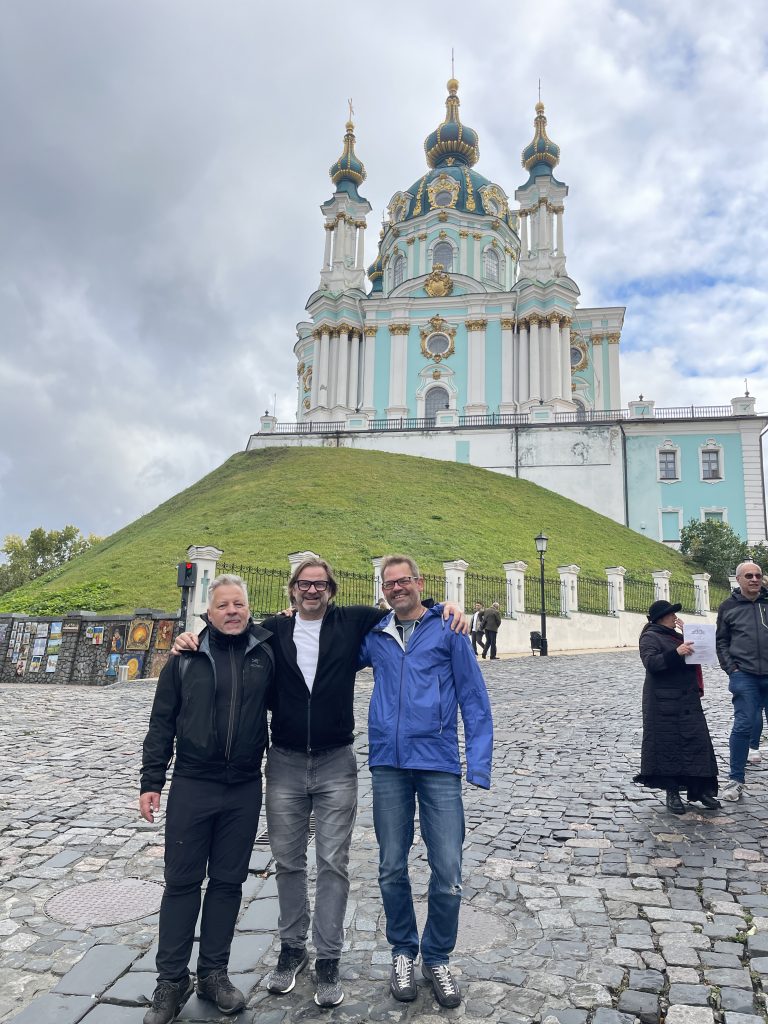
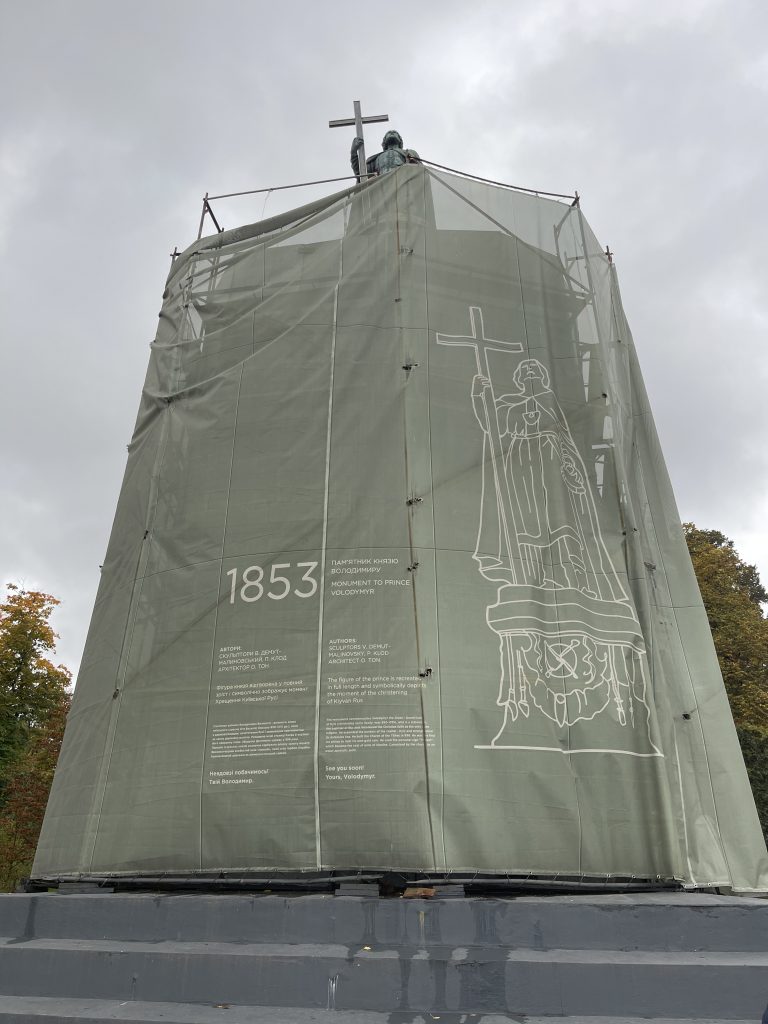


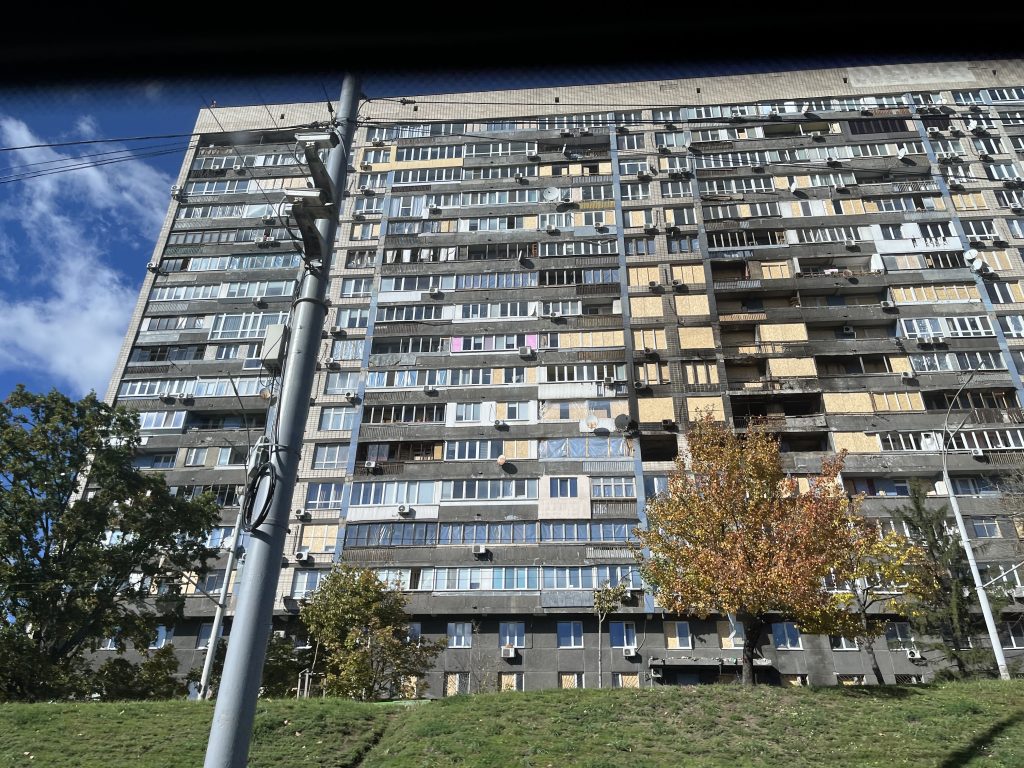
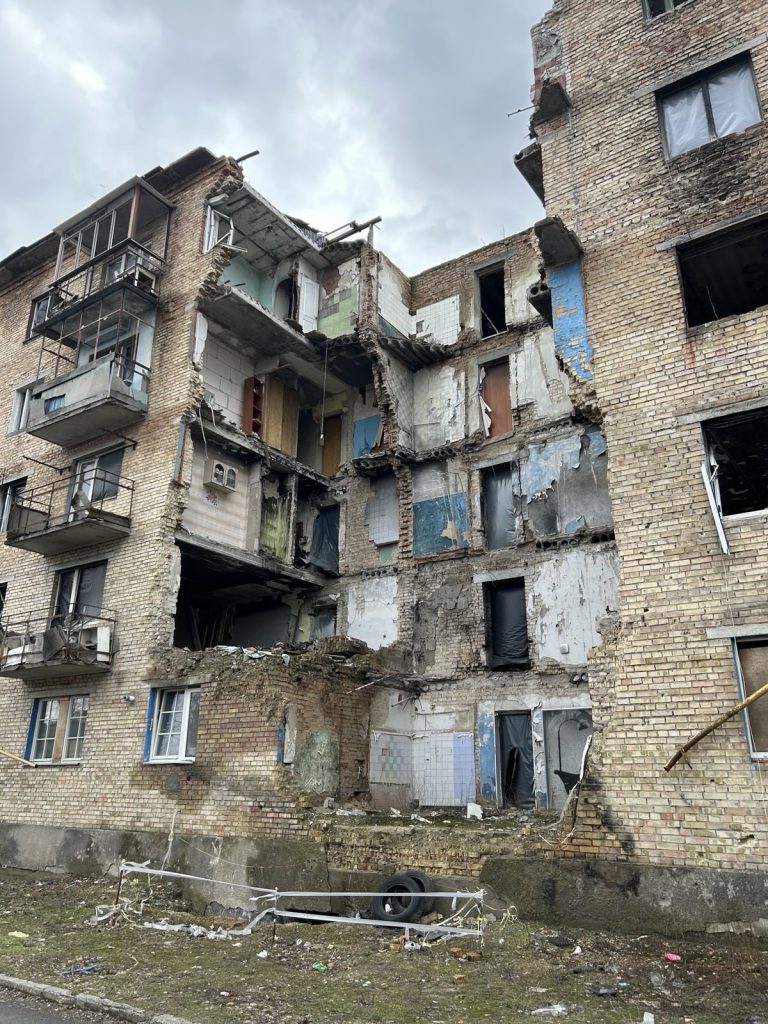
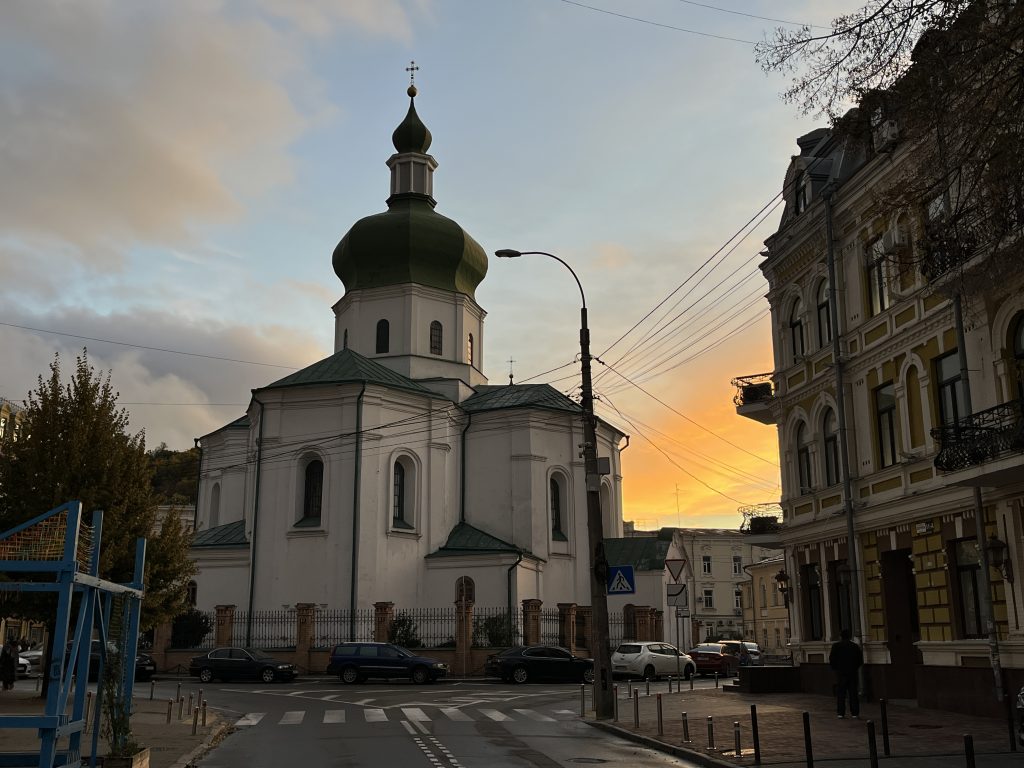
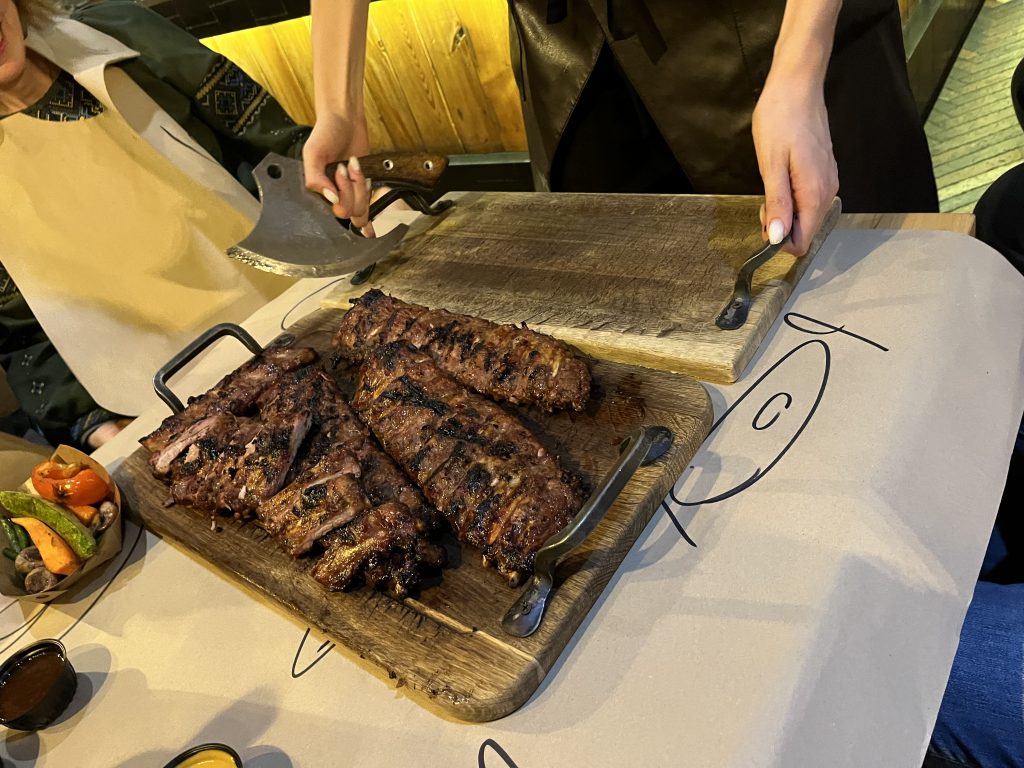
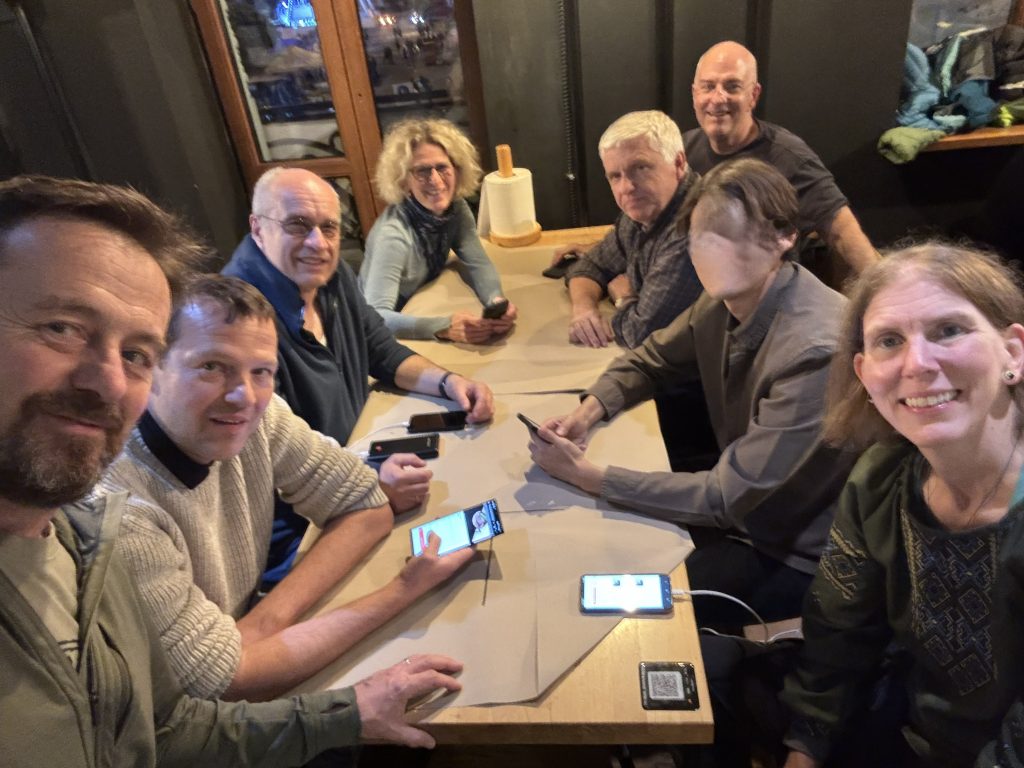
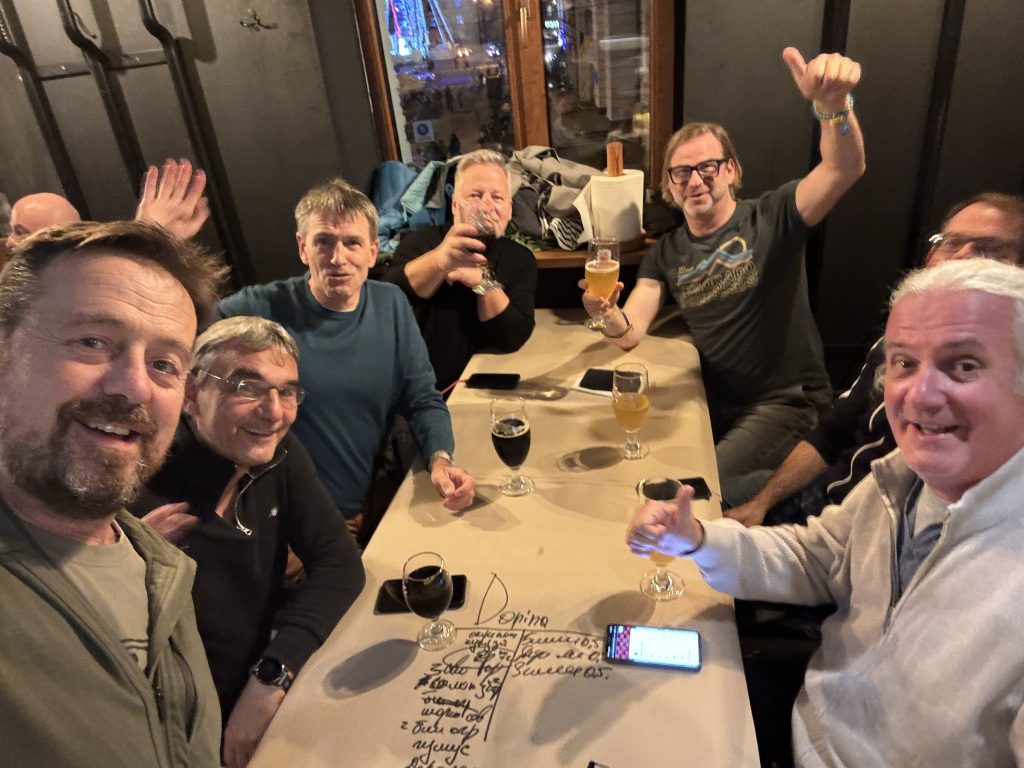

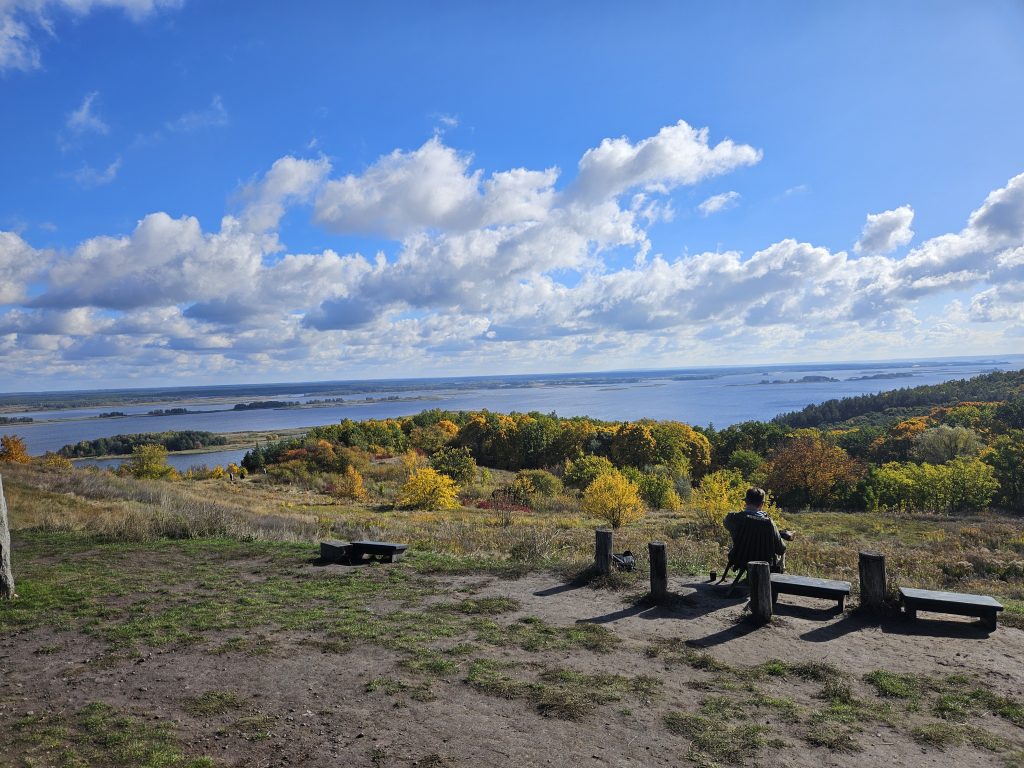
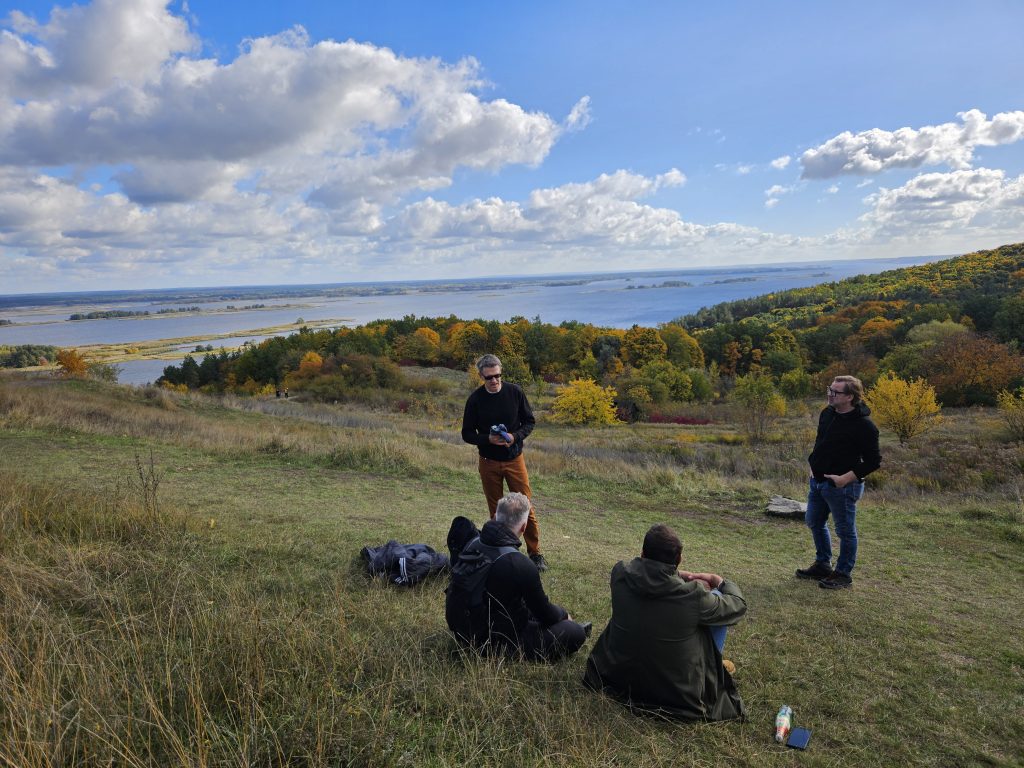

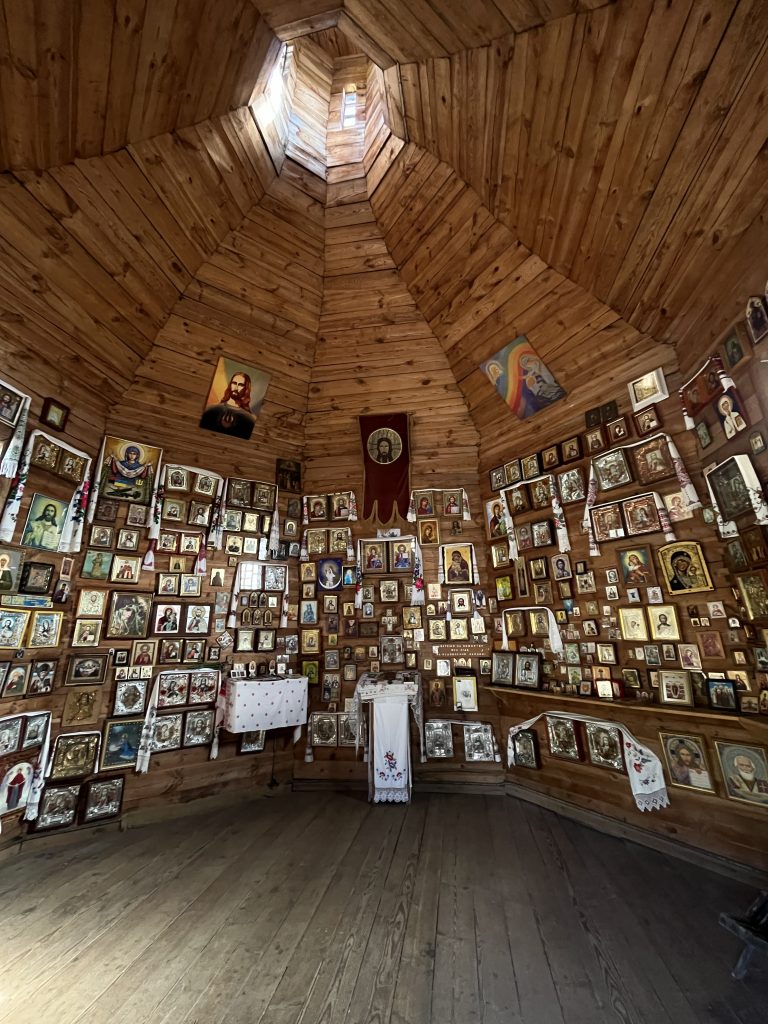
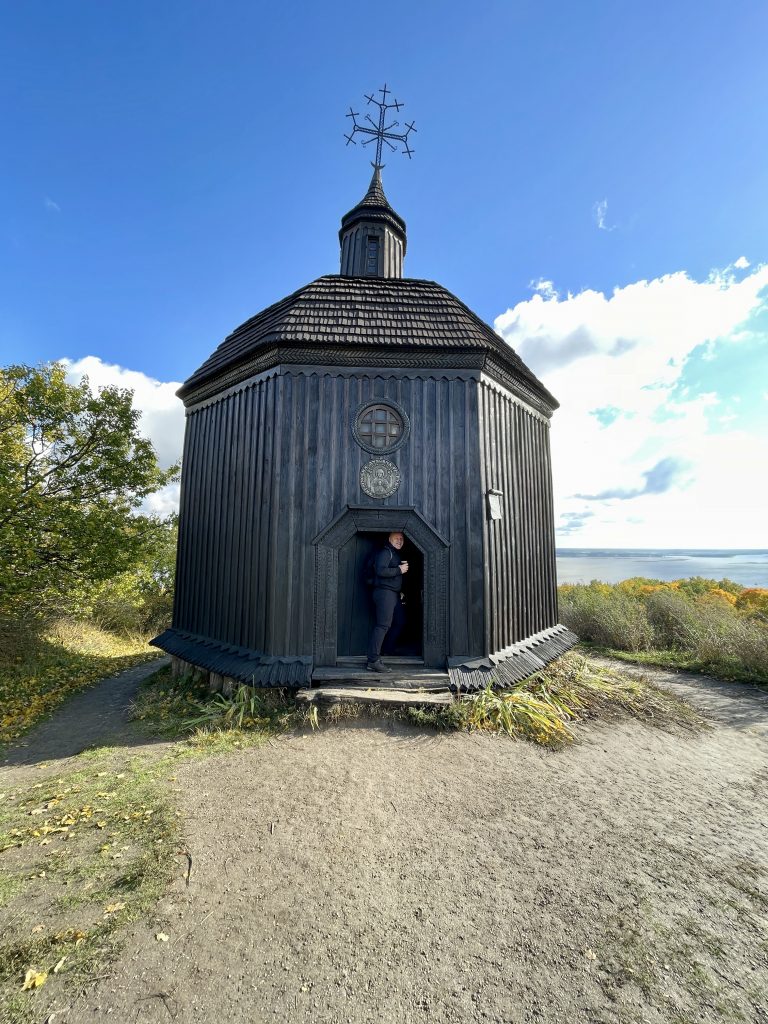
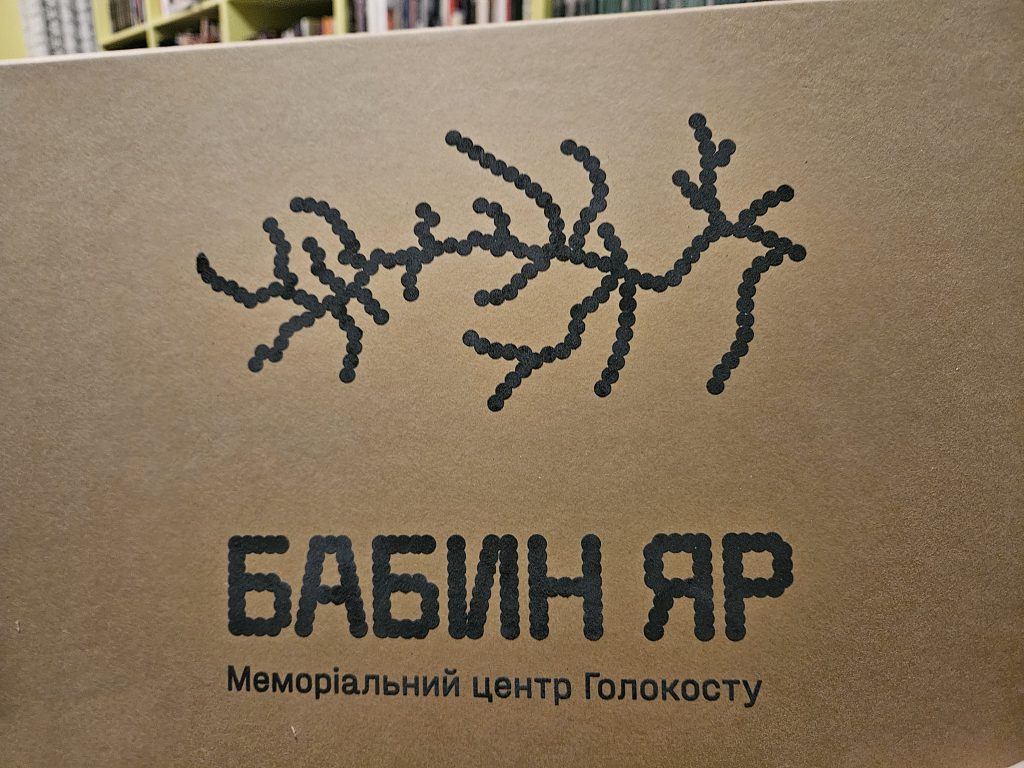
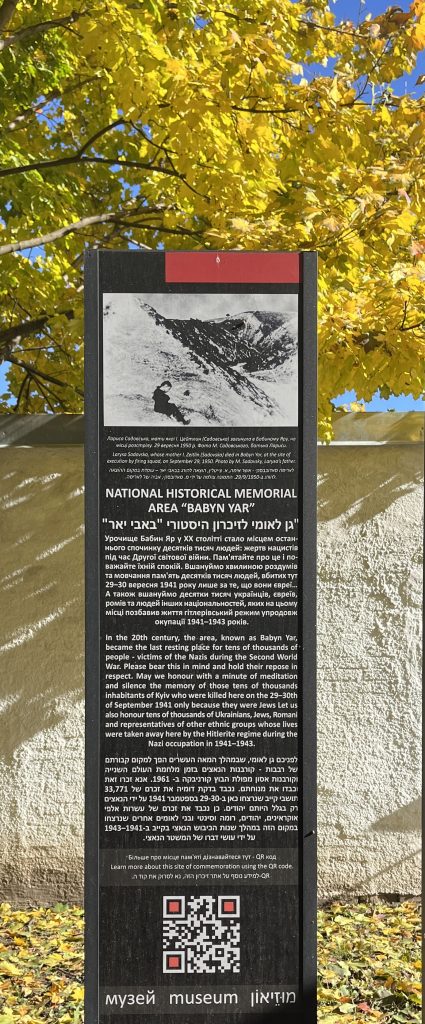
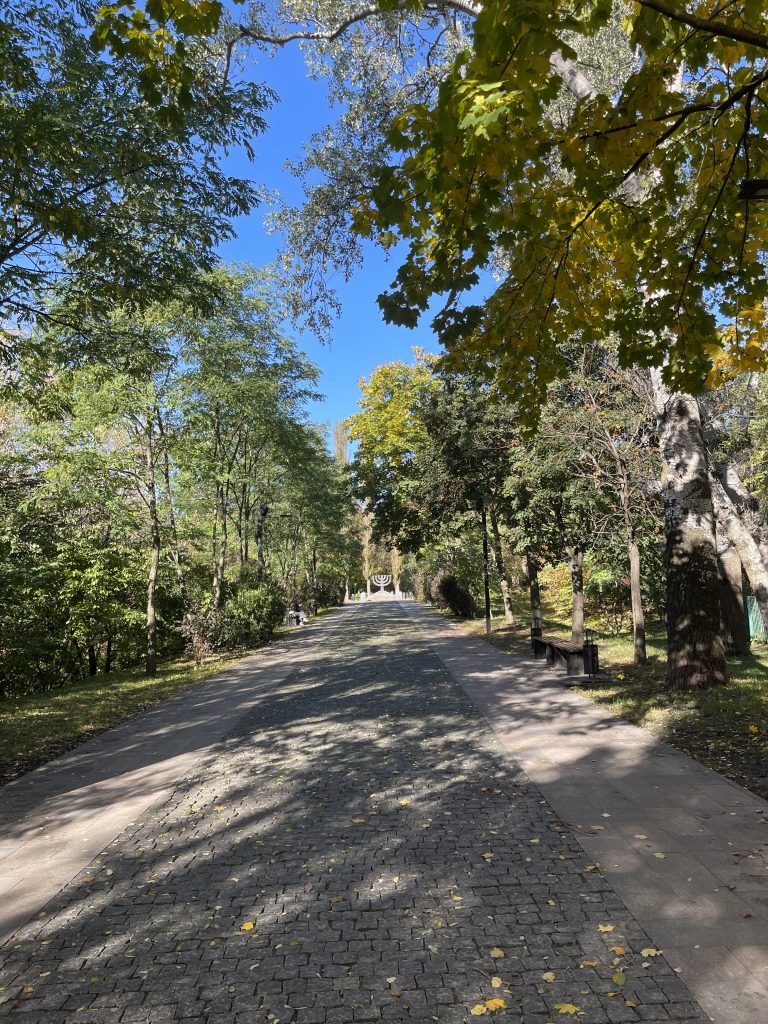

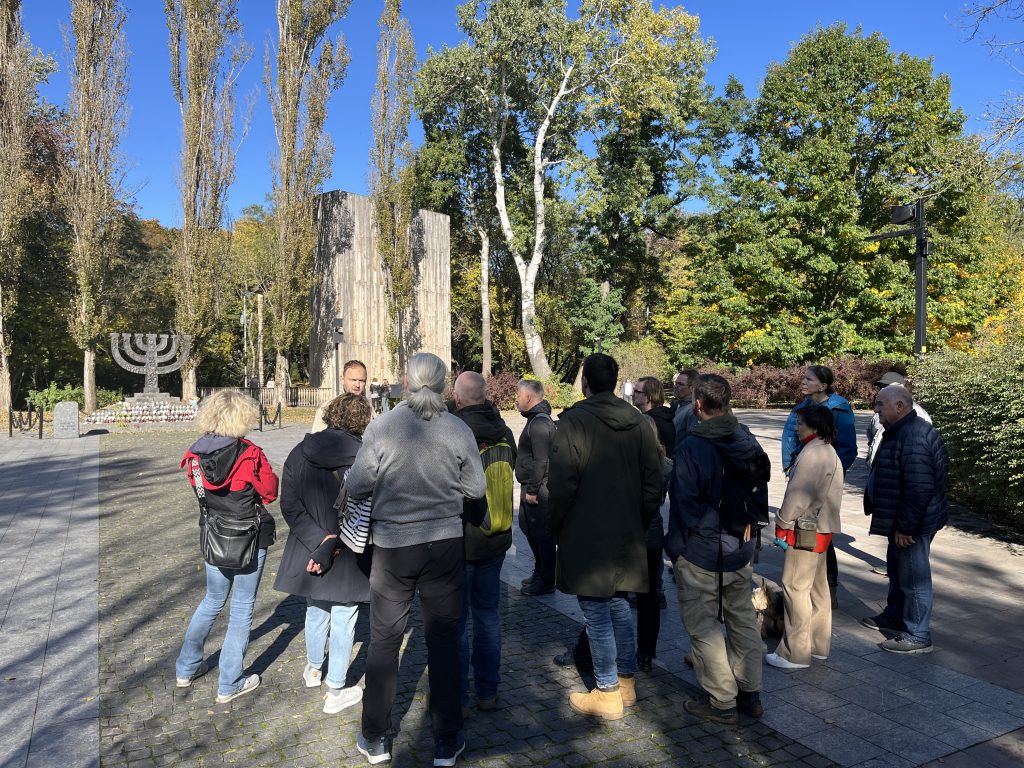
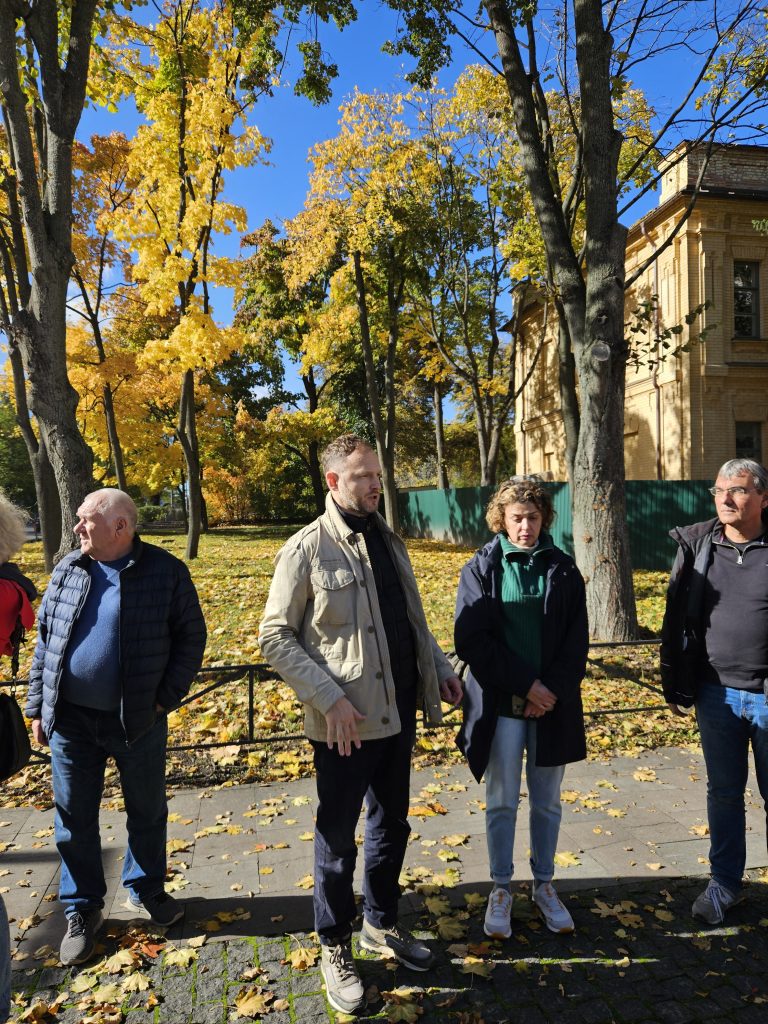

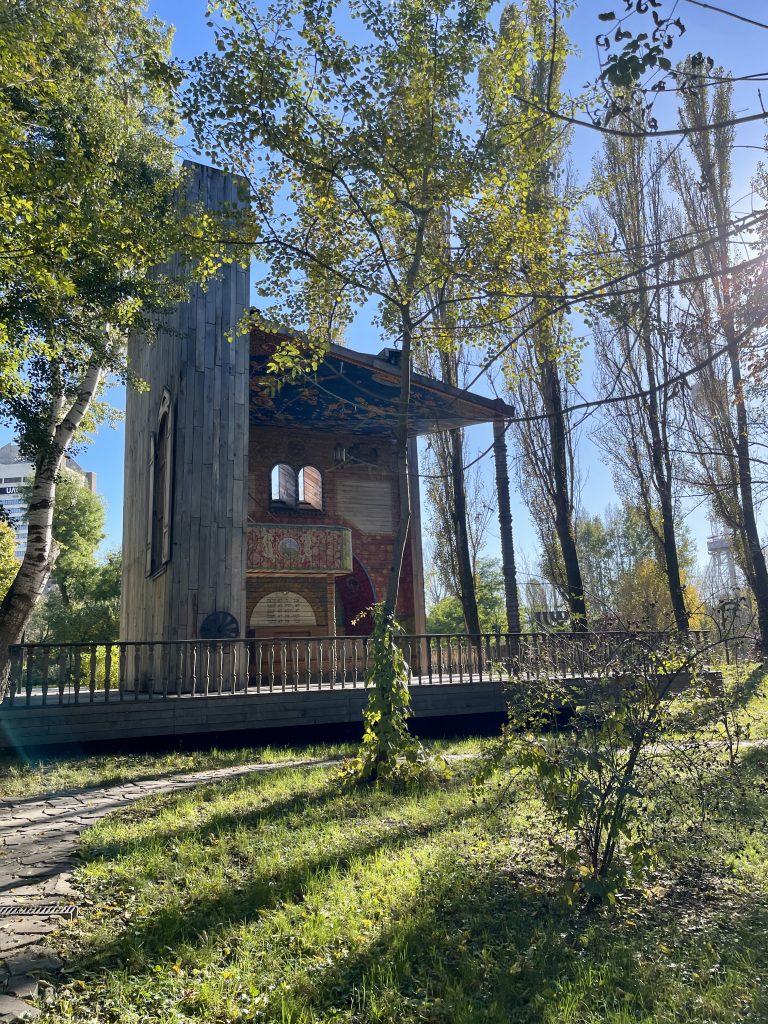
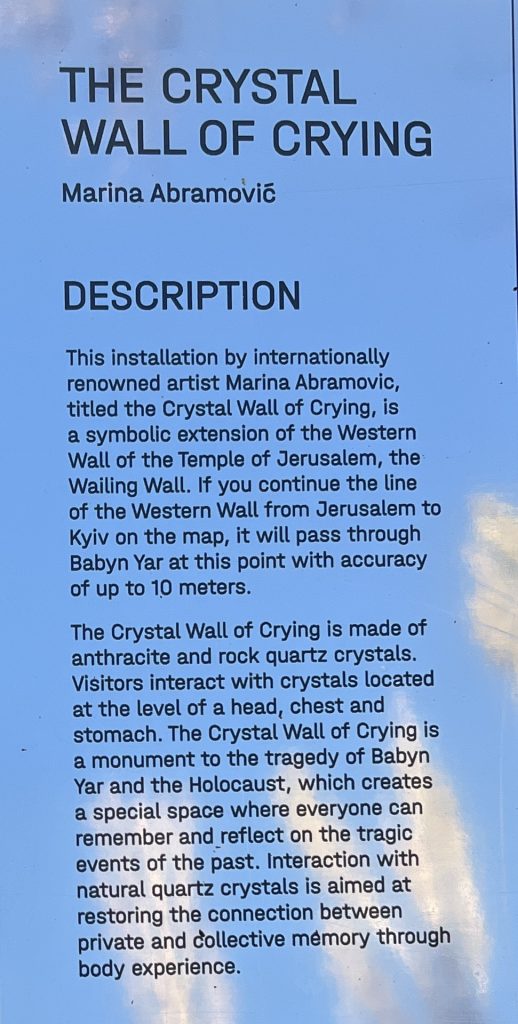
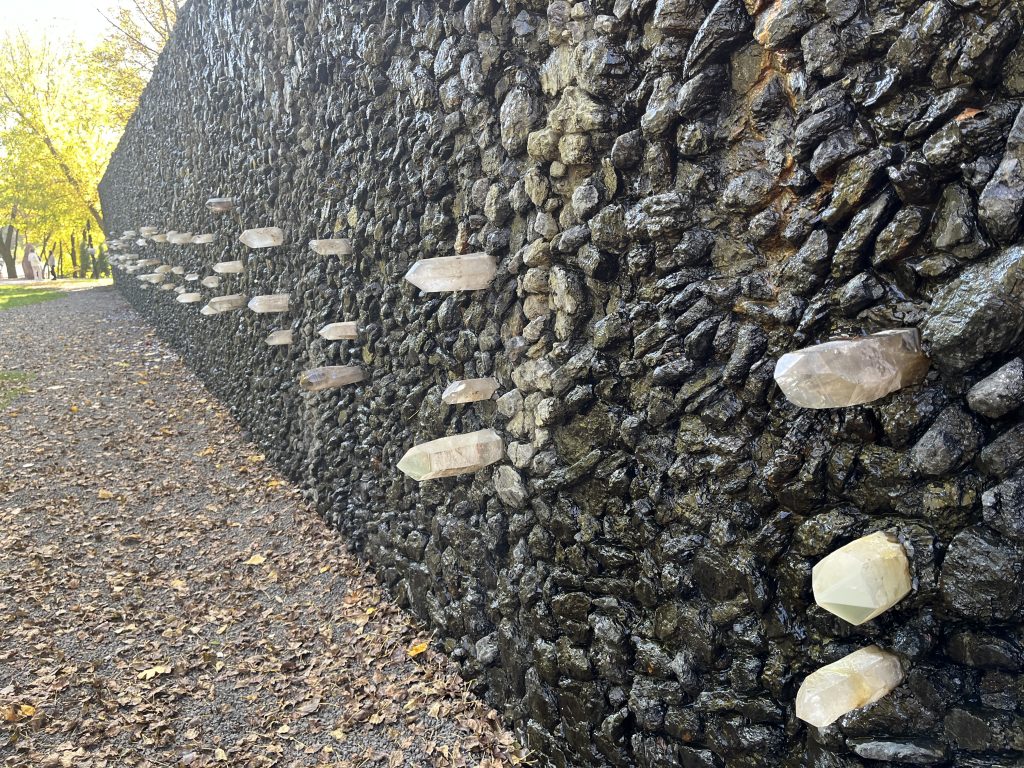
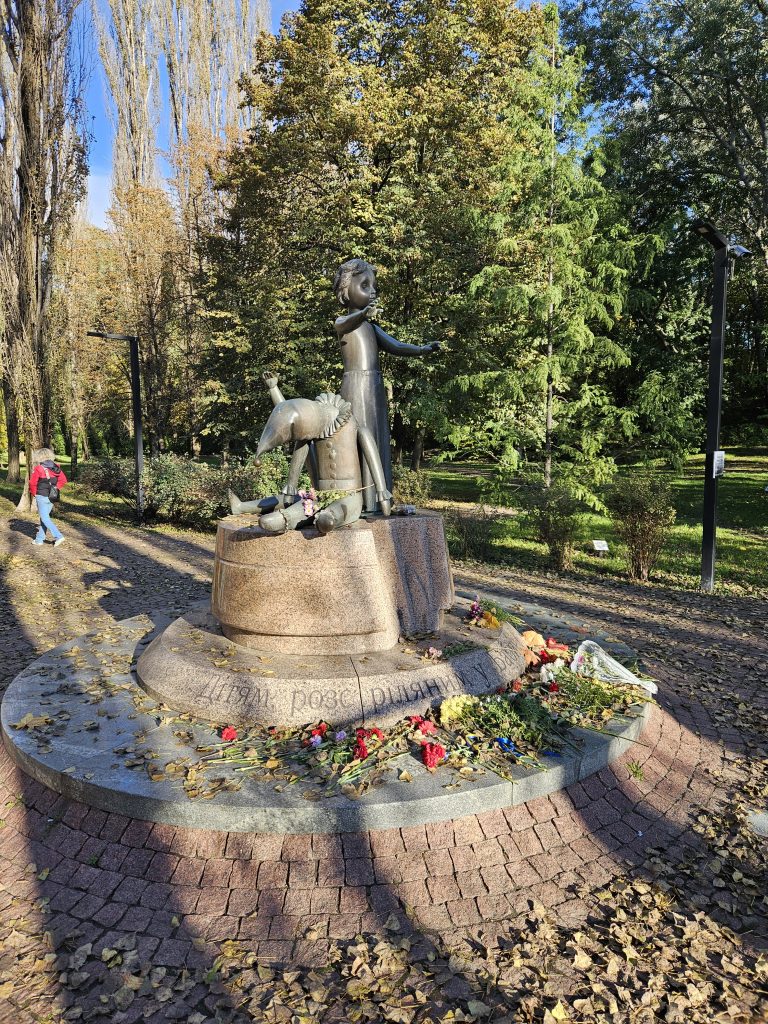
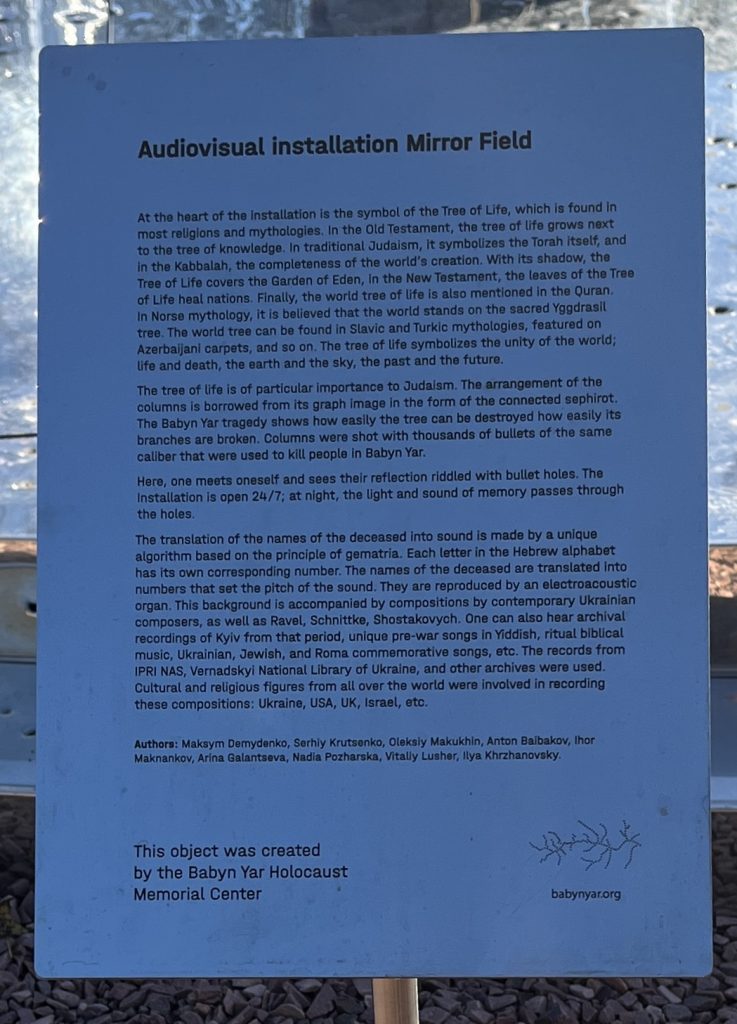
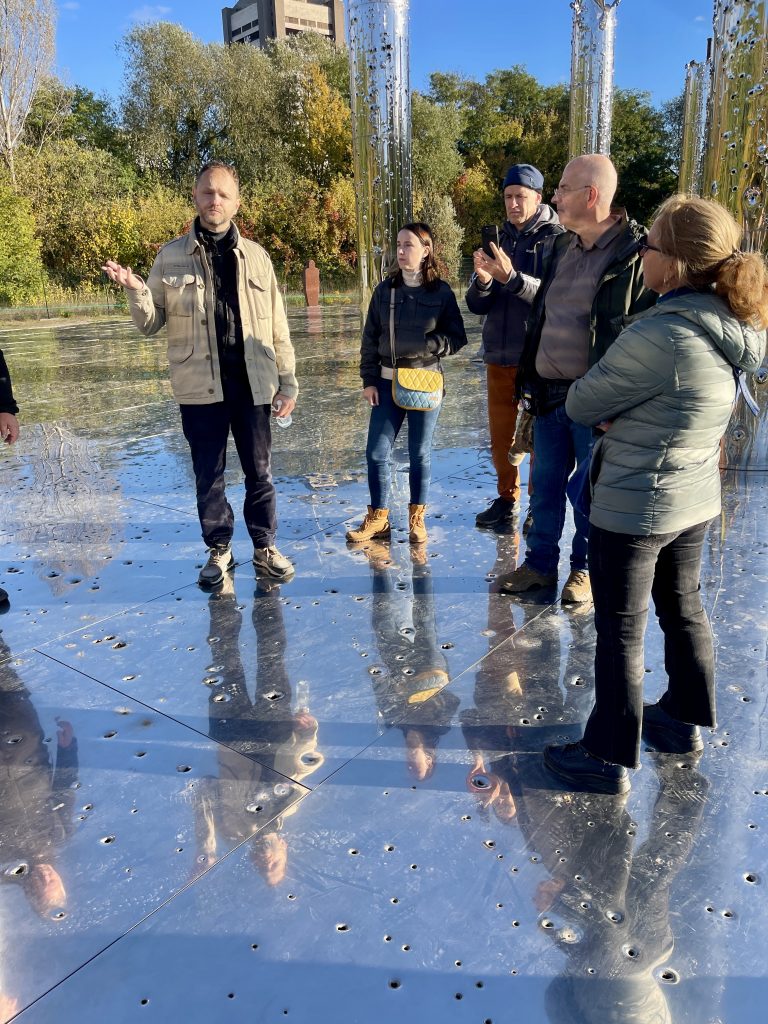
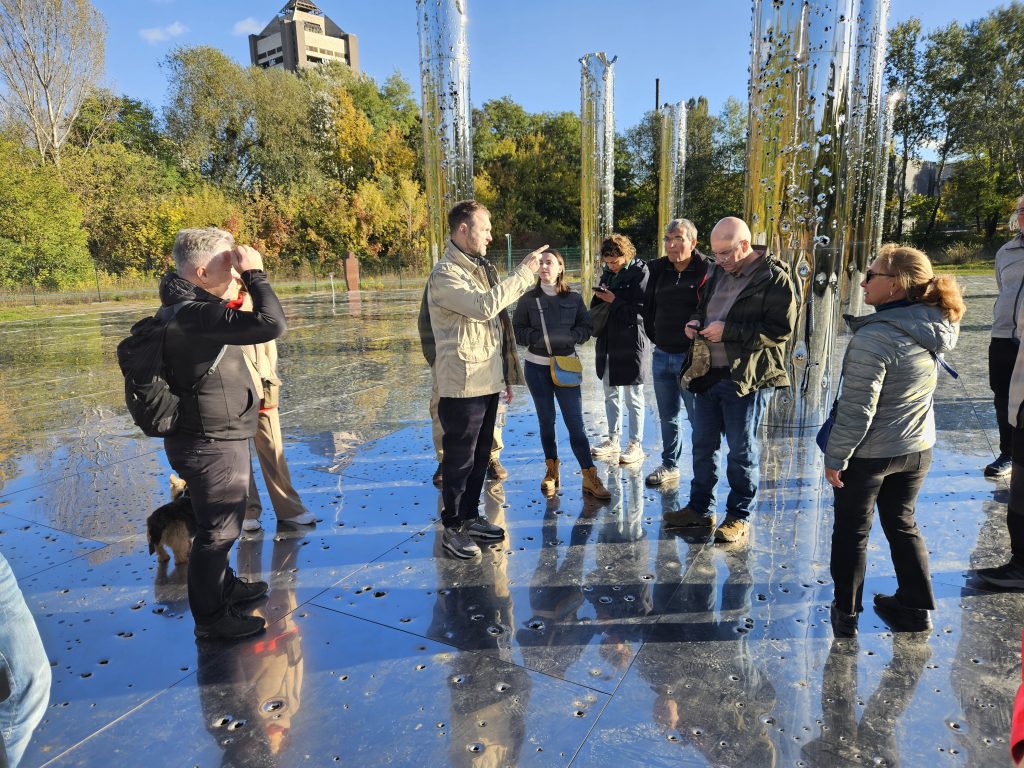
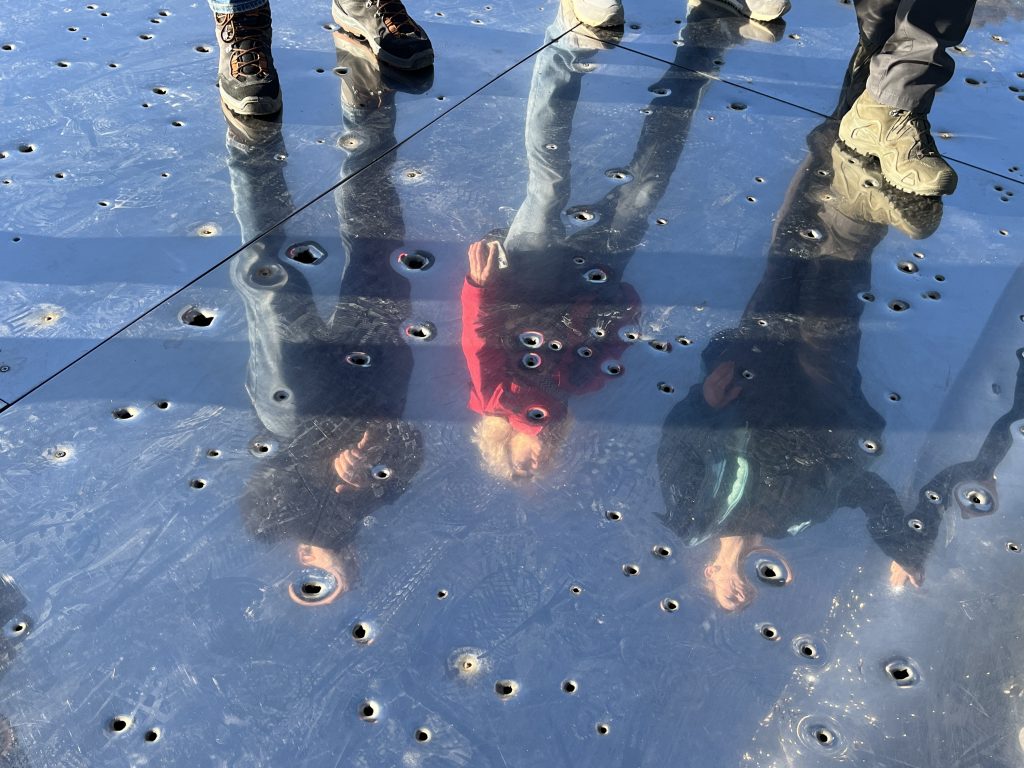
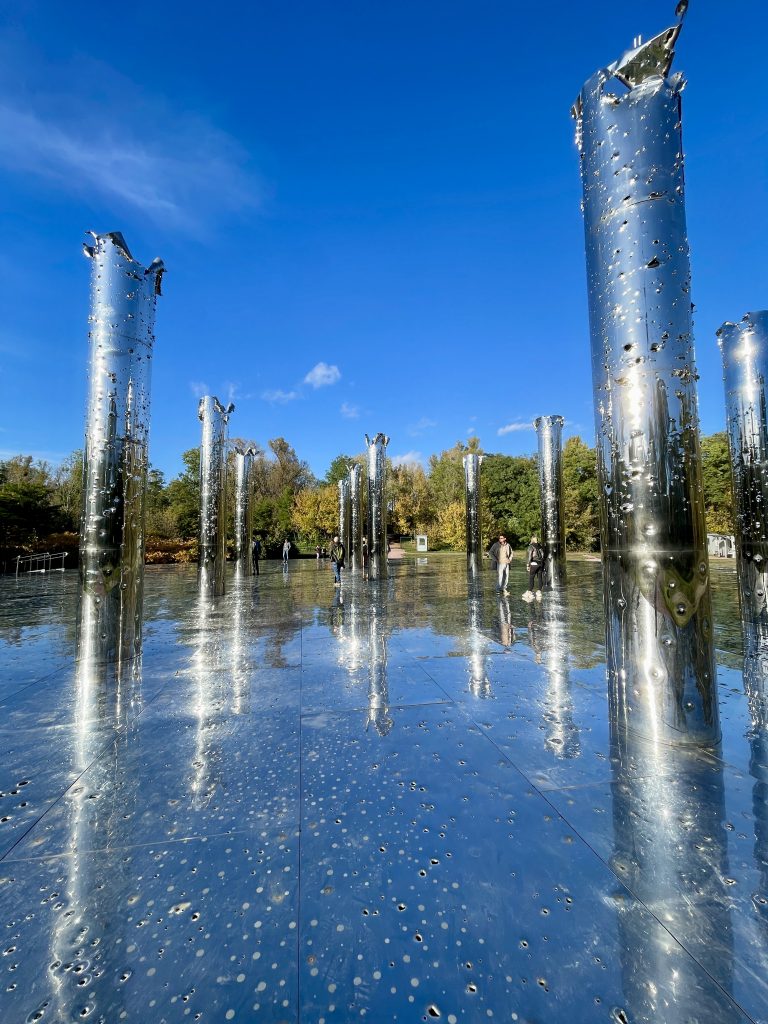
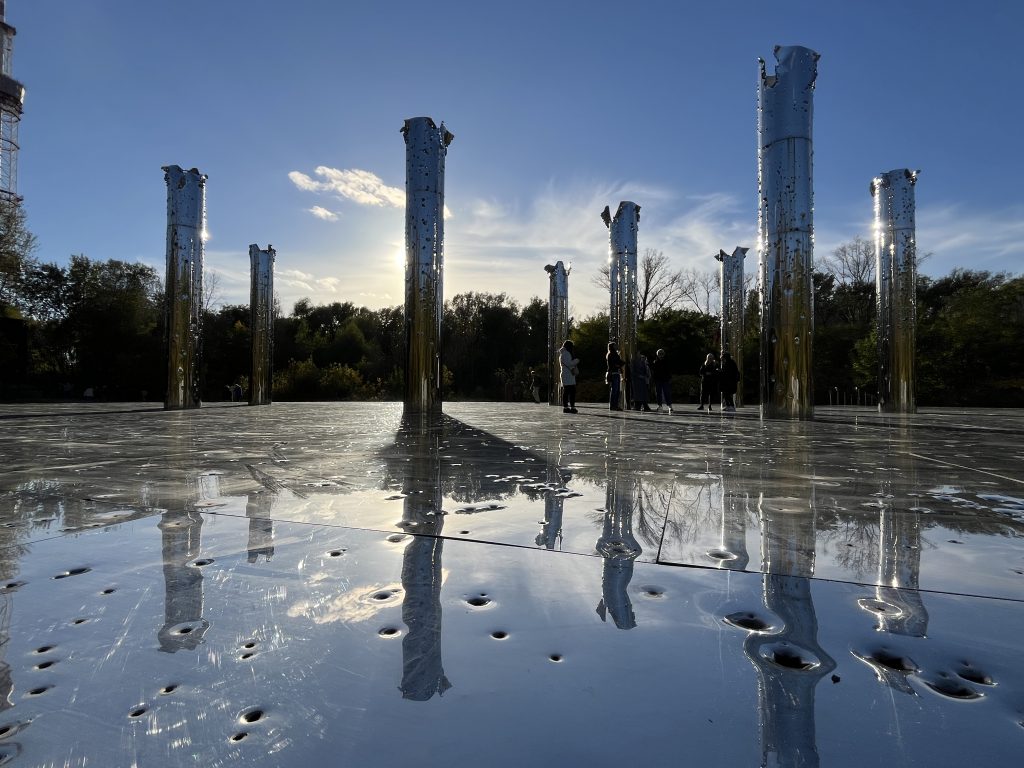
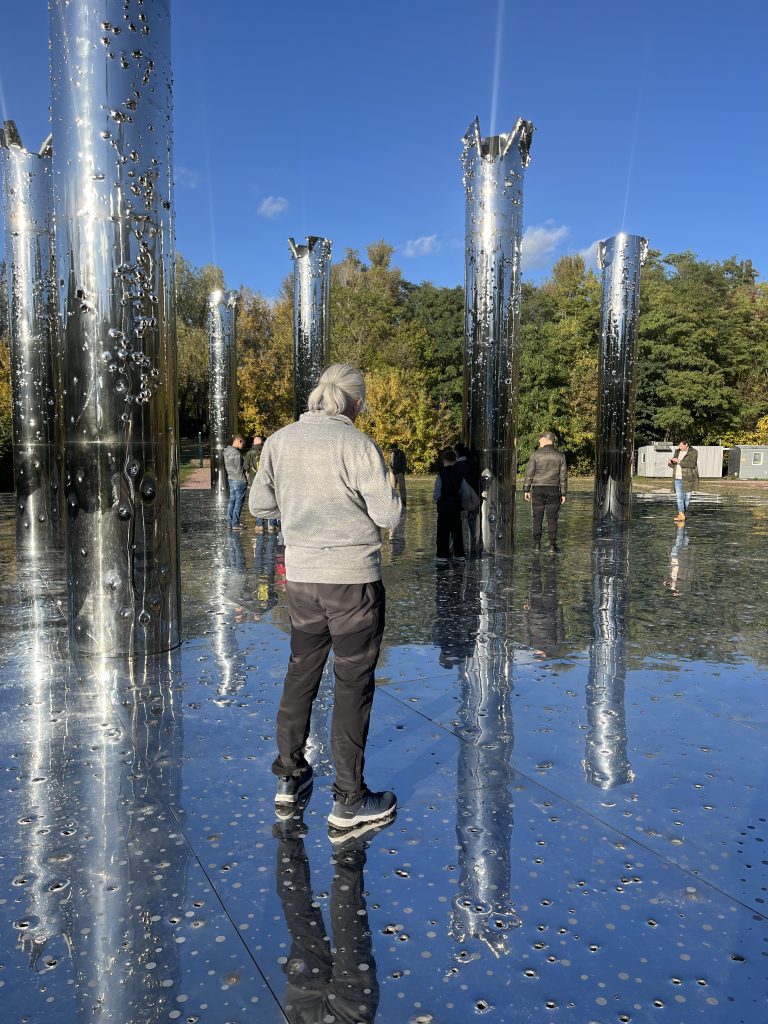
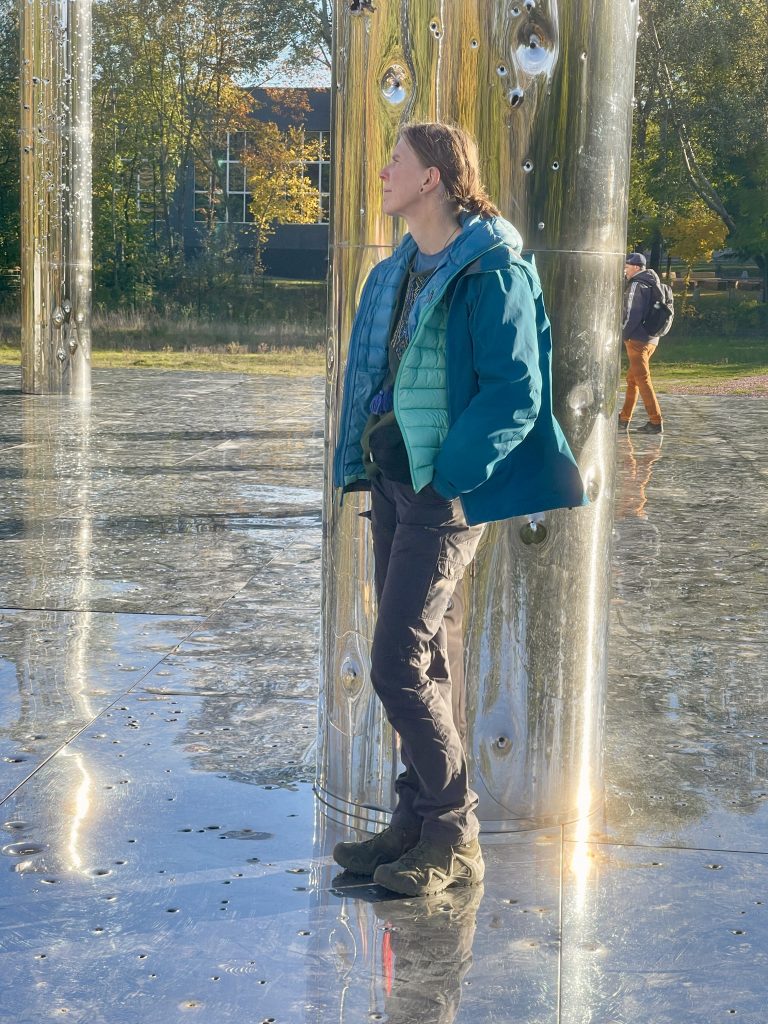
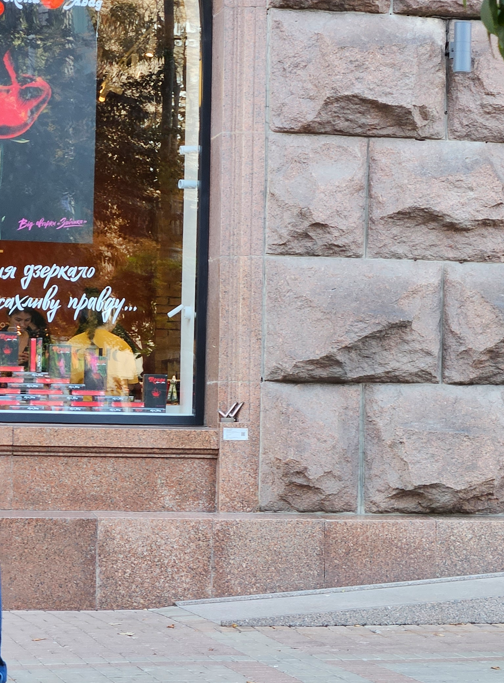
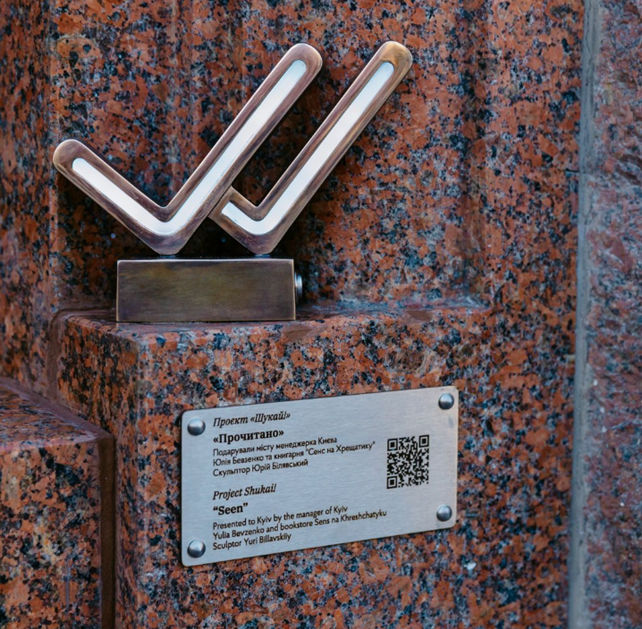
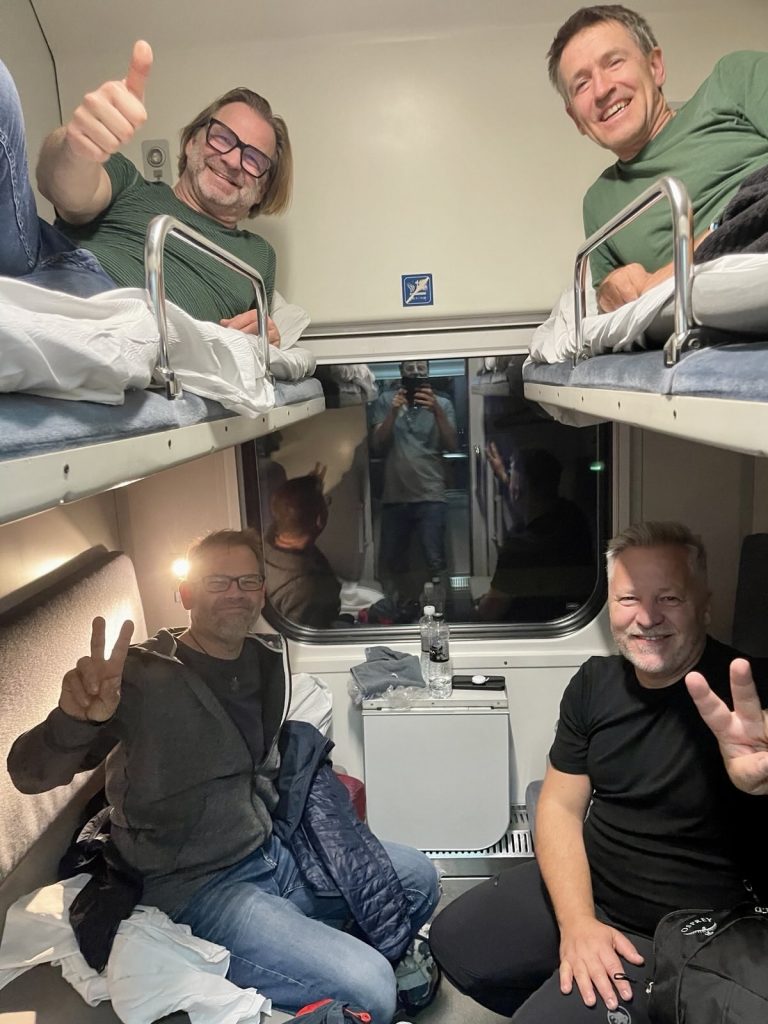
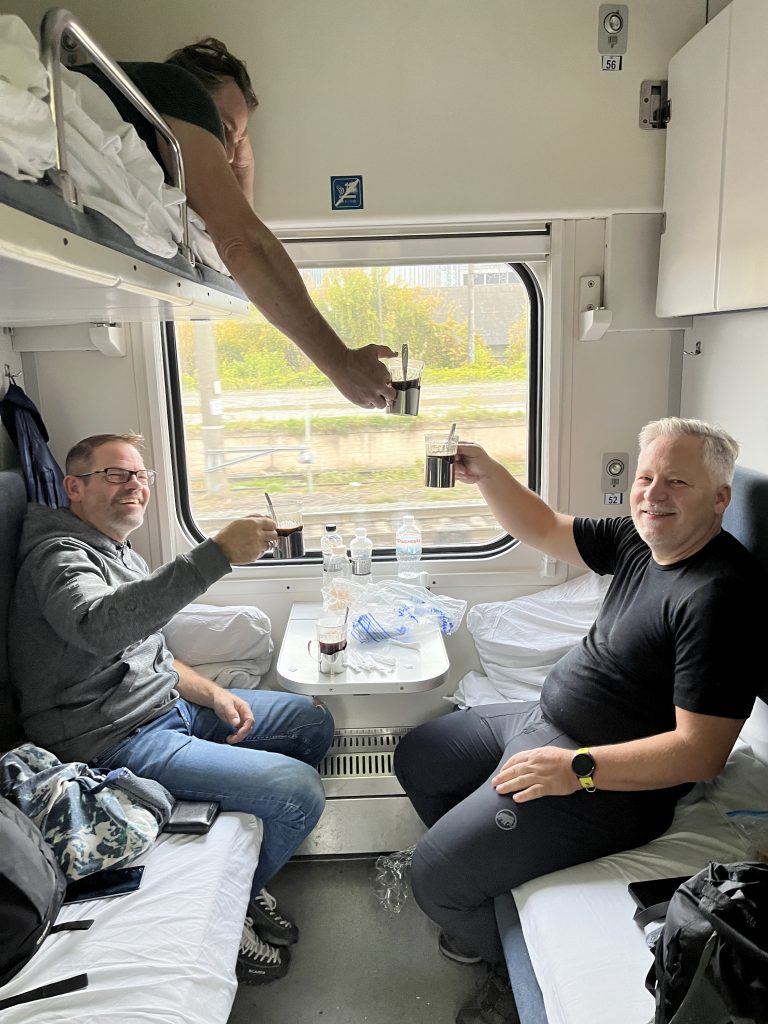



I am amazed and proud of you all and all you do. I’m sure you do not see yourselves as heroes, but to the solders and hospitals, you are. Keep up the wonderful work and stay safe.
Dear Karen, thank you for your kind words. The true heroes are in Ukraine and pushing back russian aggression. We are grateful that we can help with their logistics, and we are grateful that we find supporters like you – without whom none of what we do would be possible. Kind regards, Annette